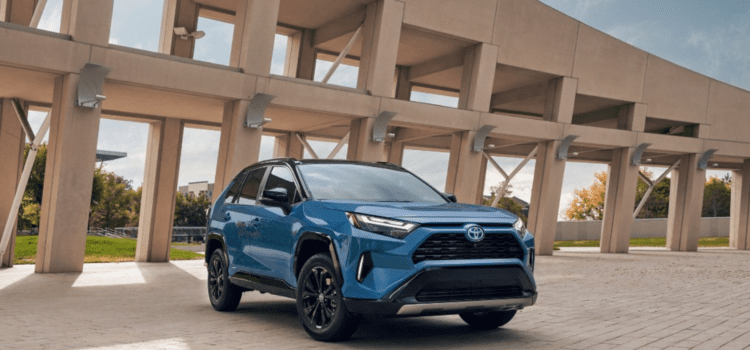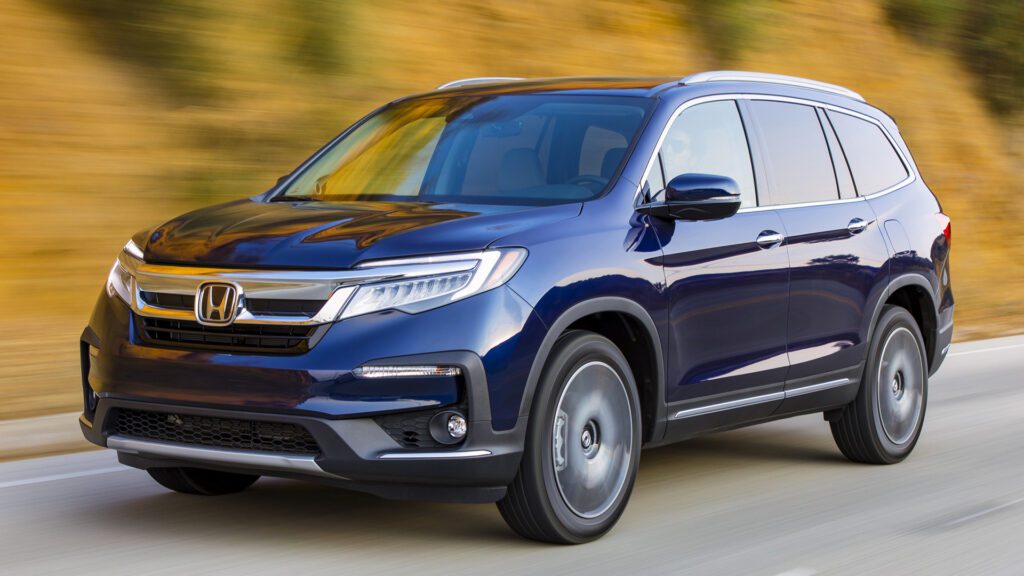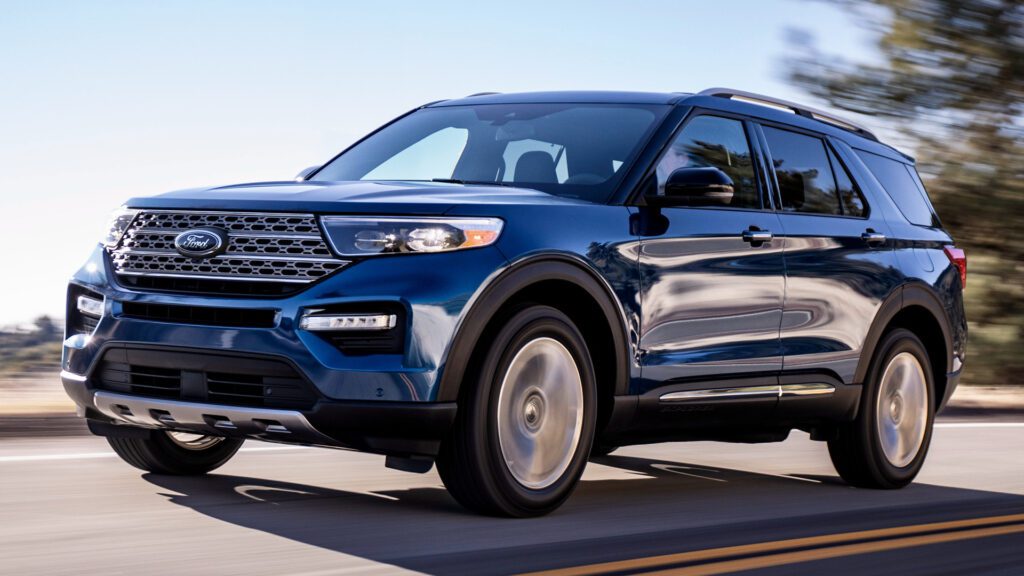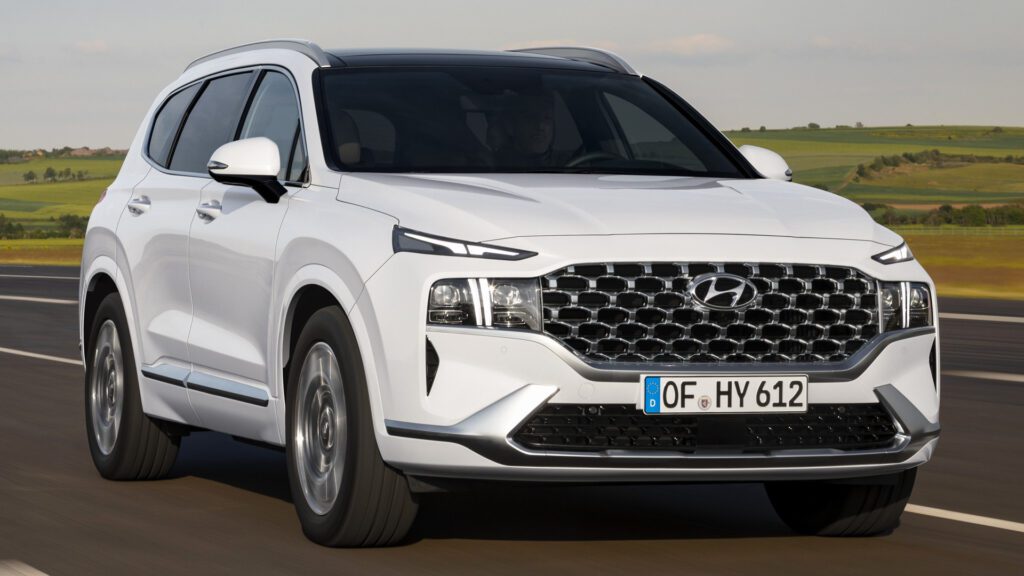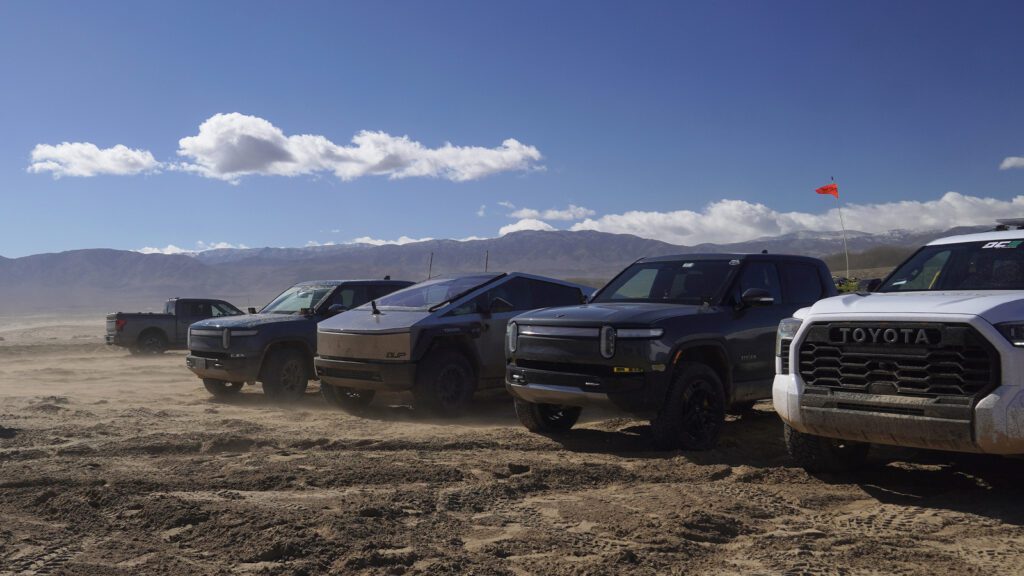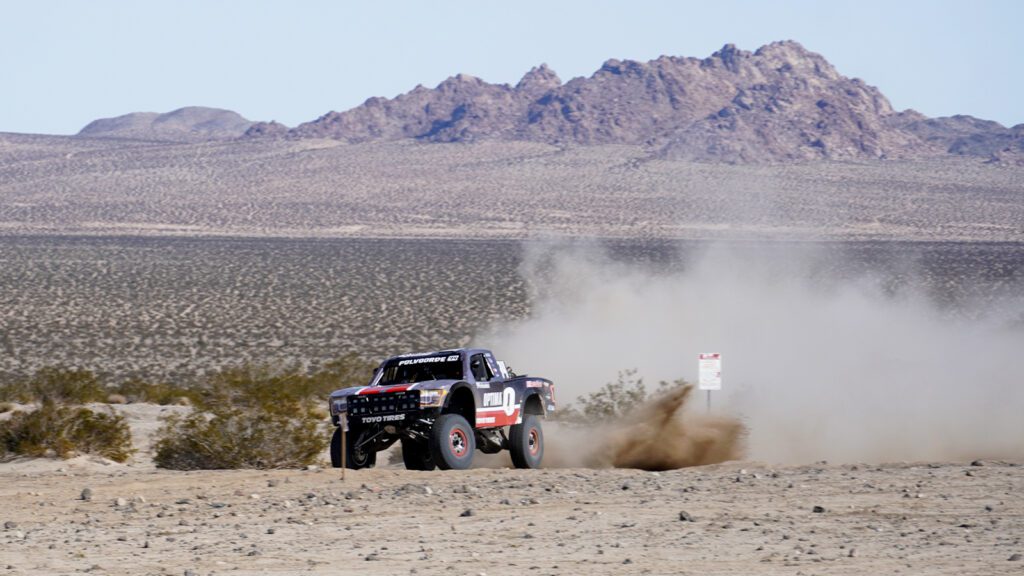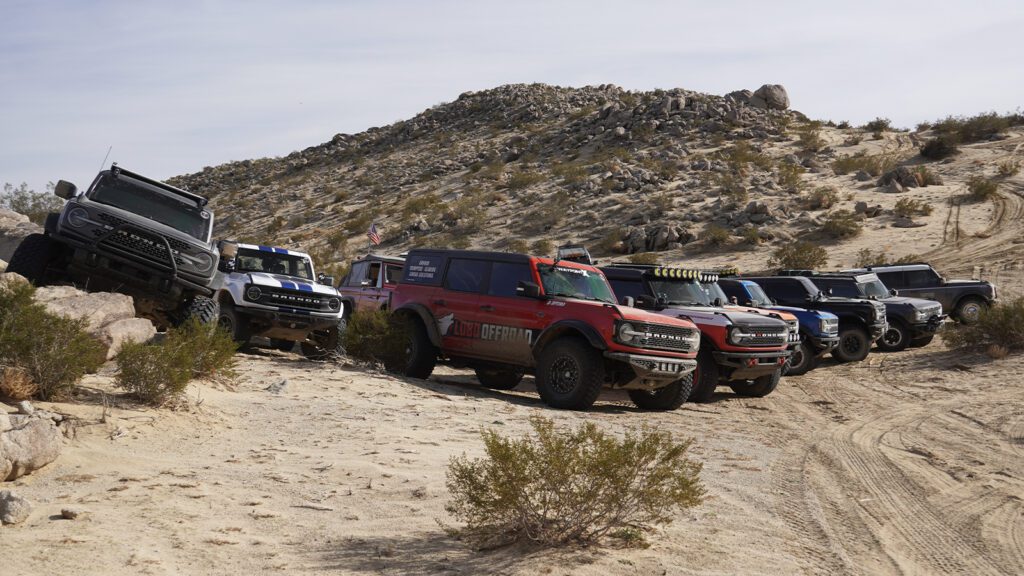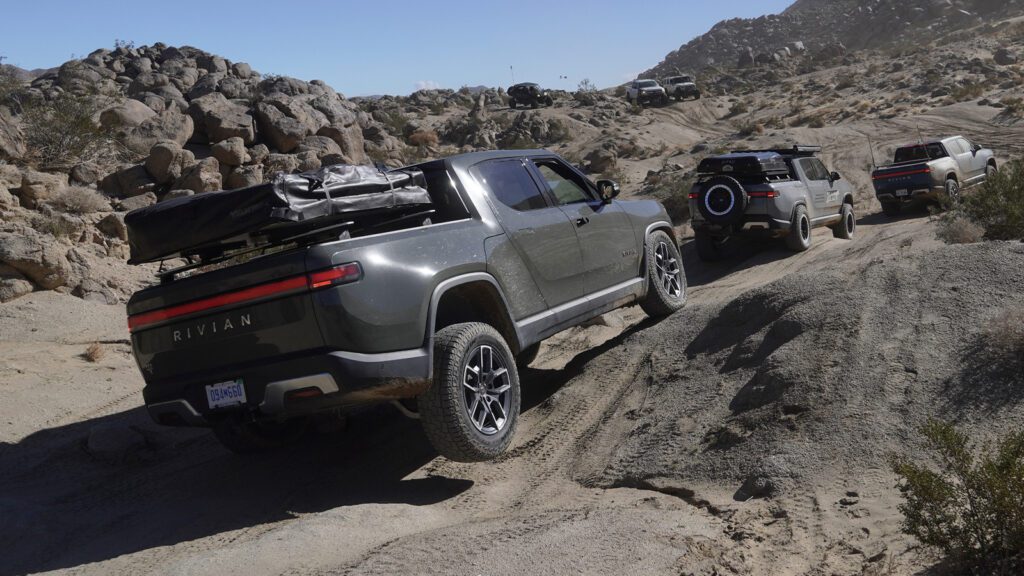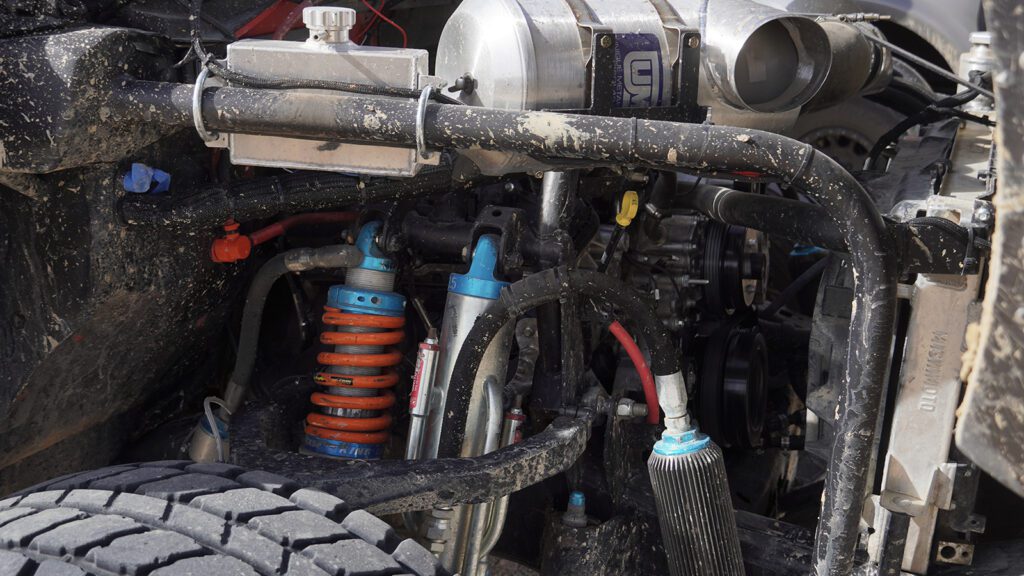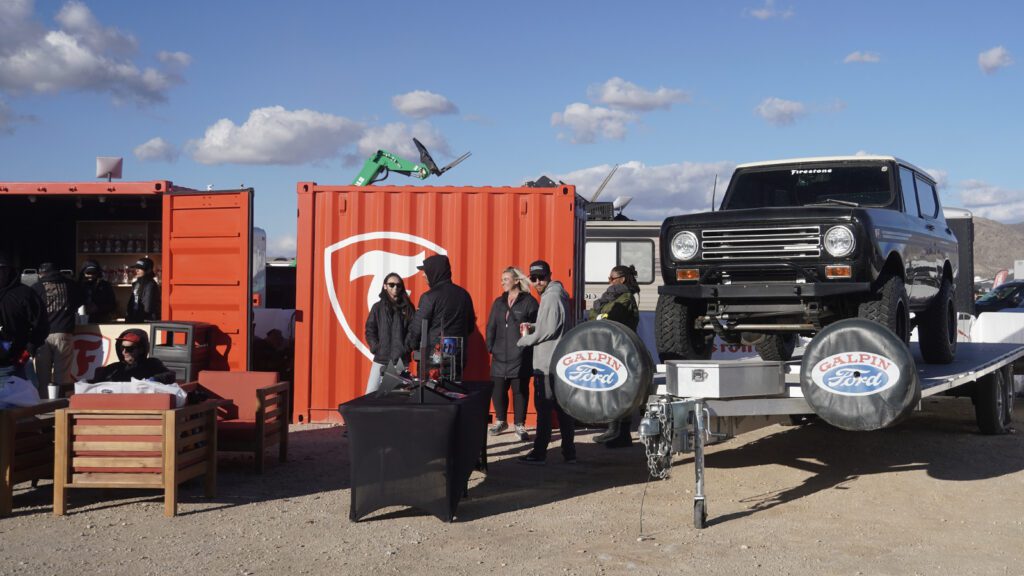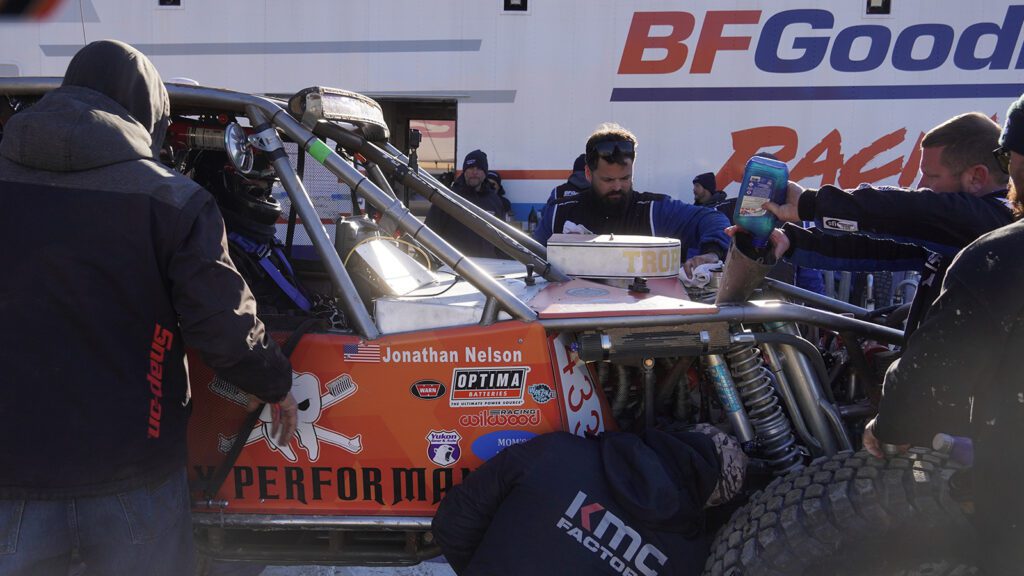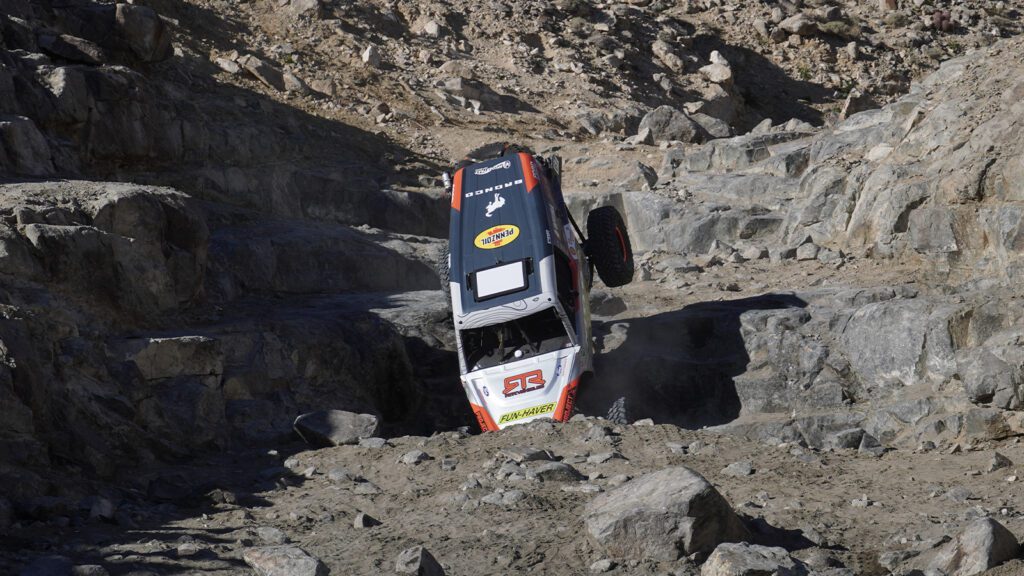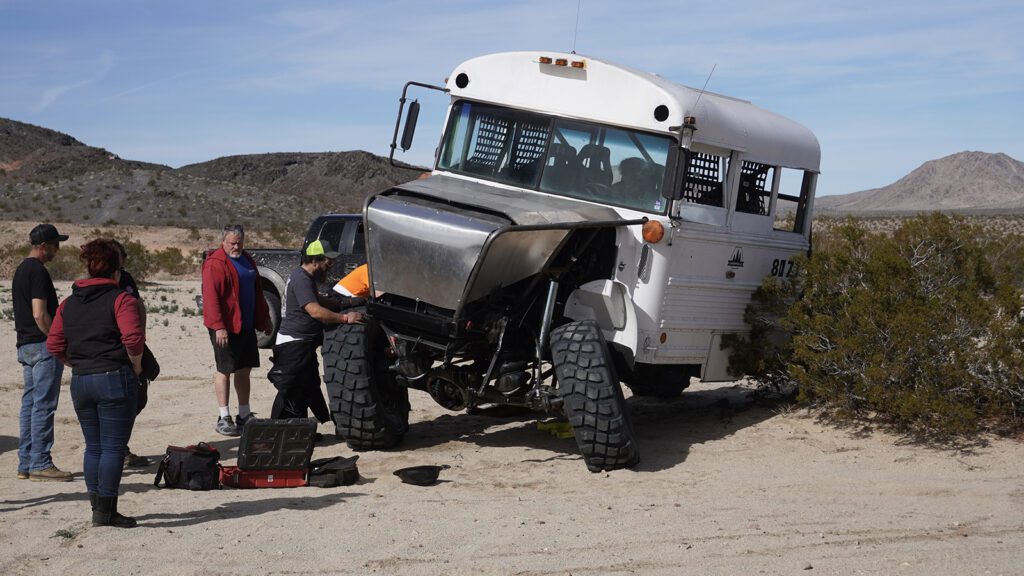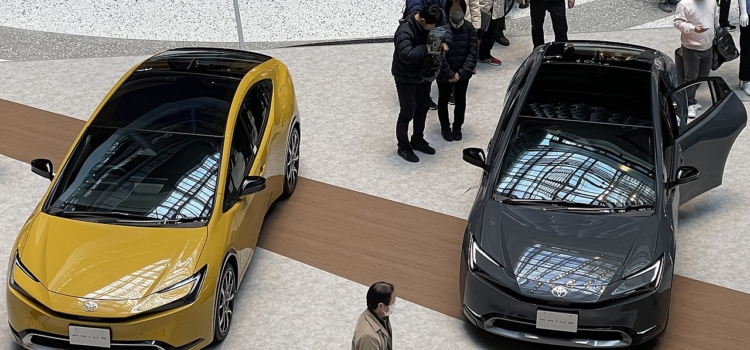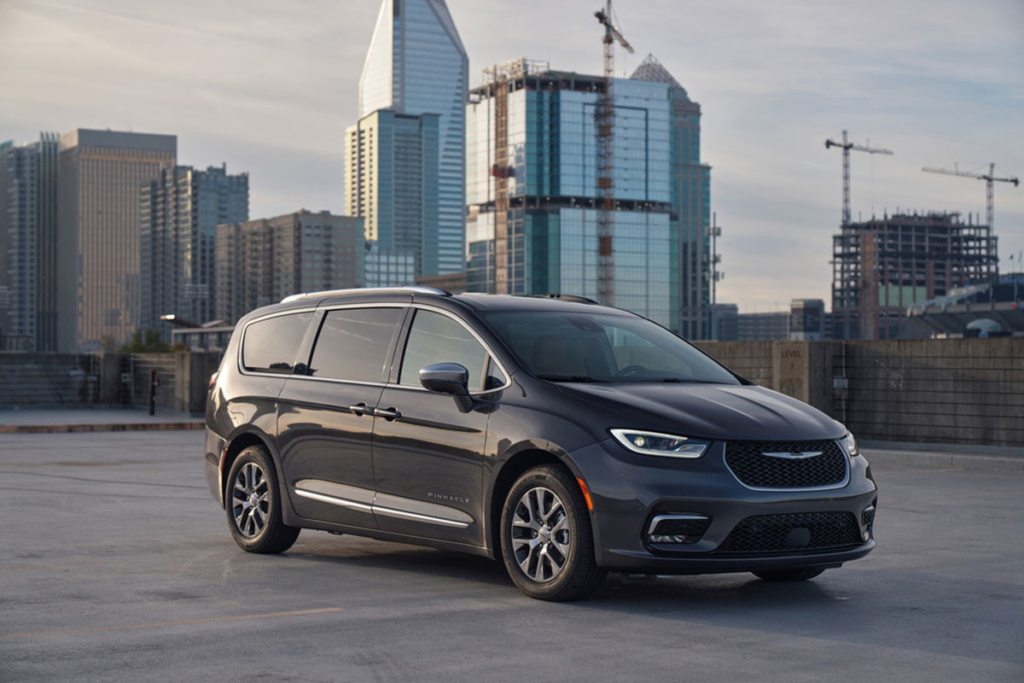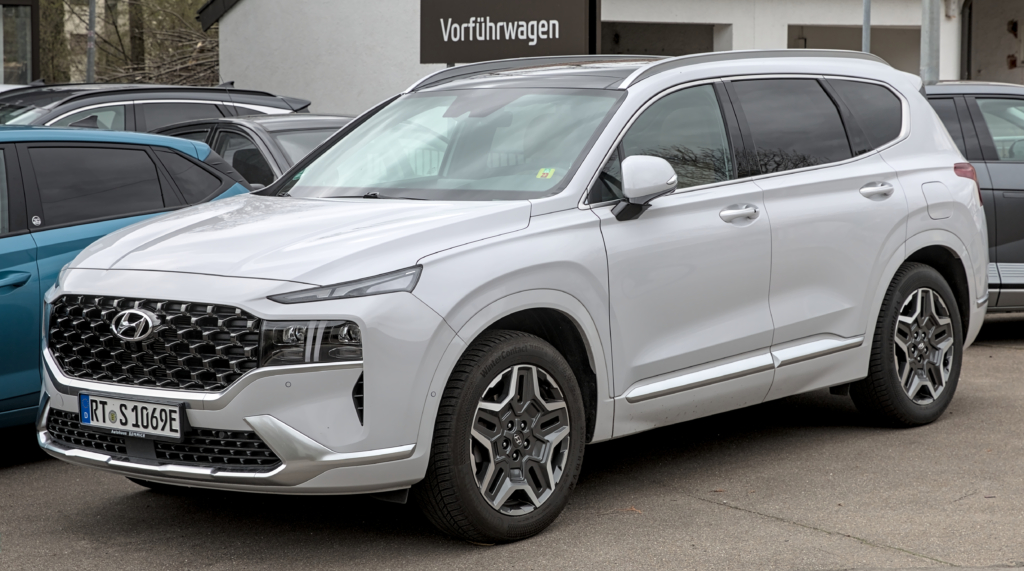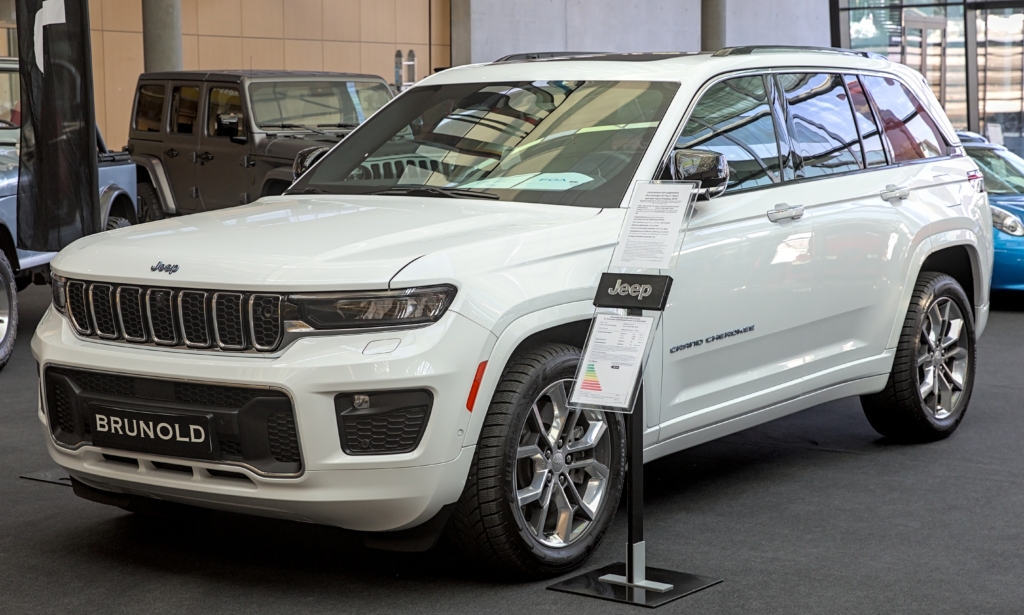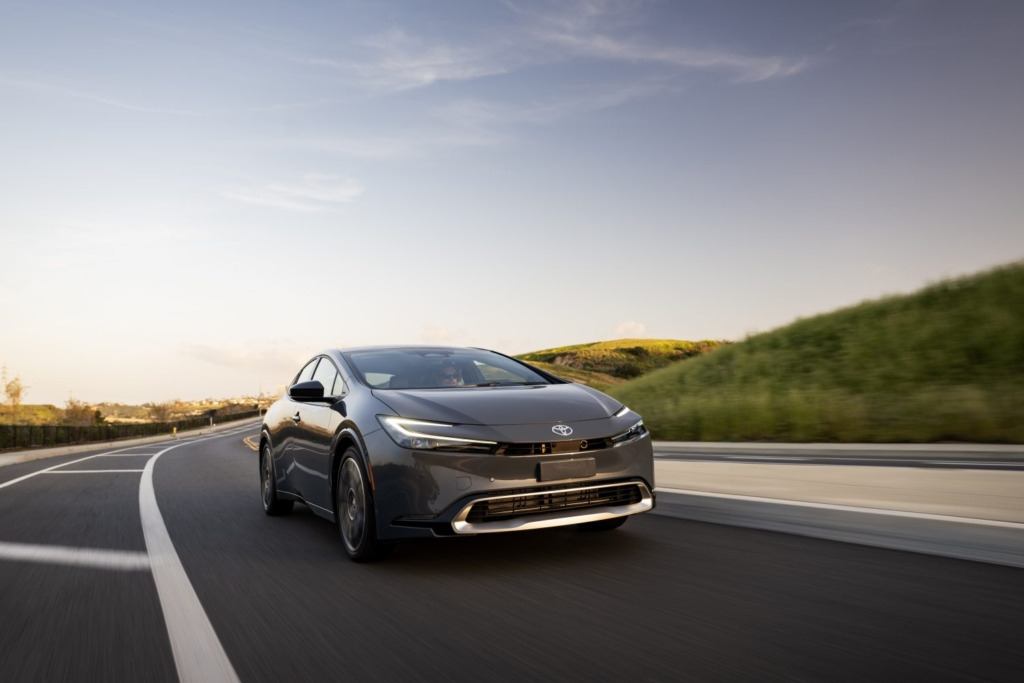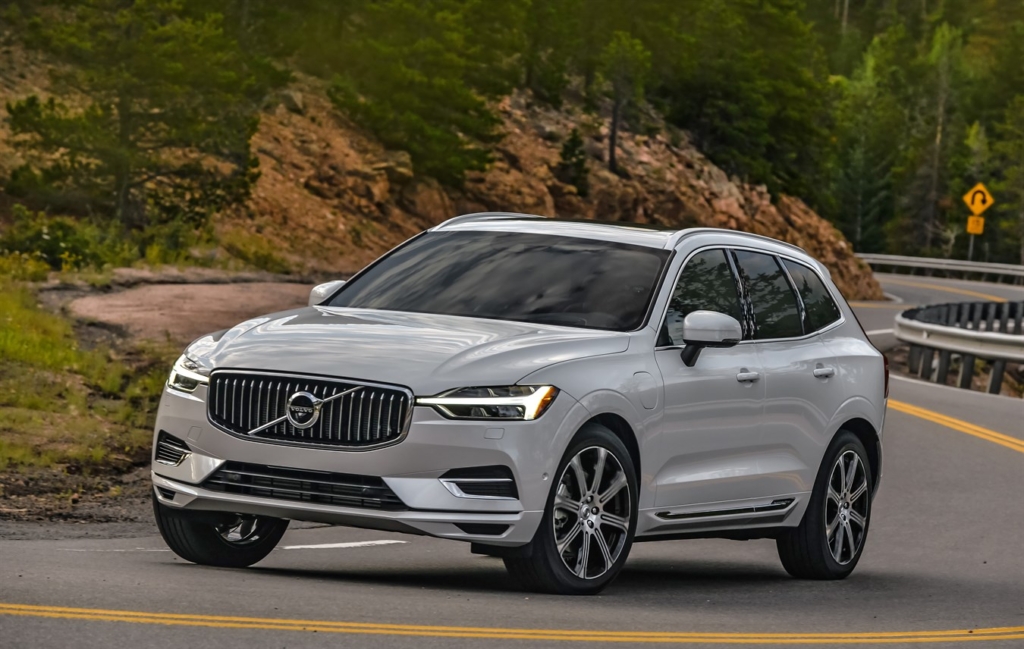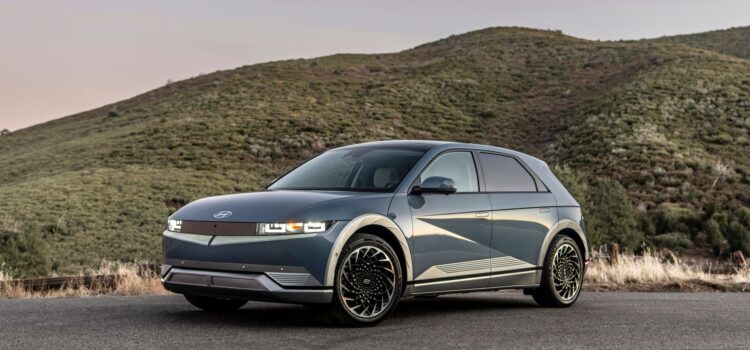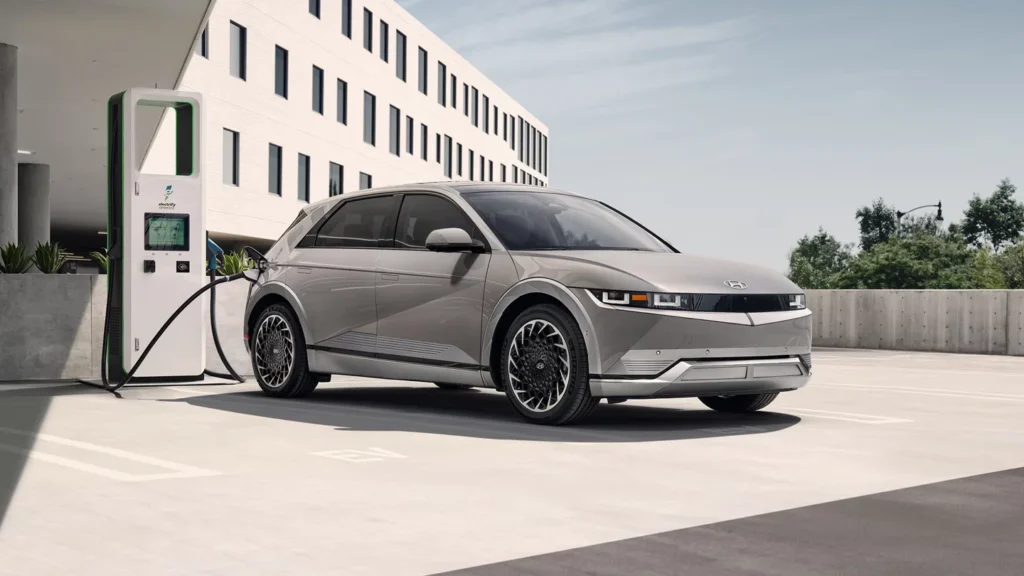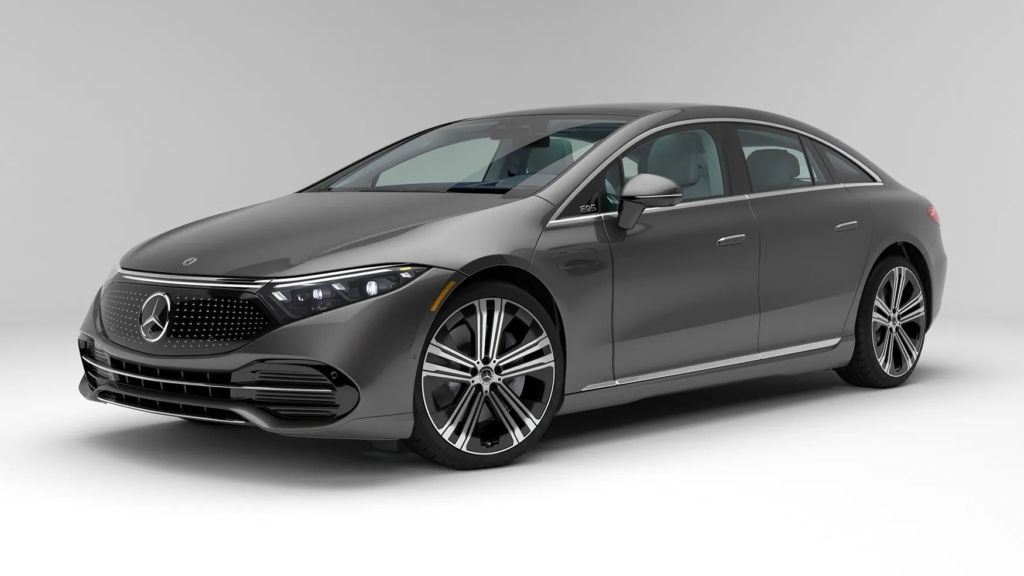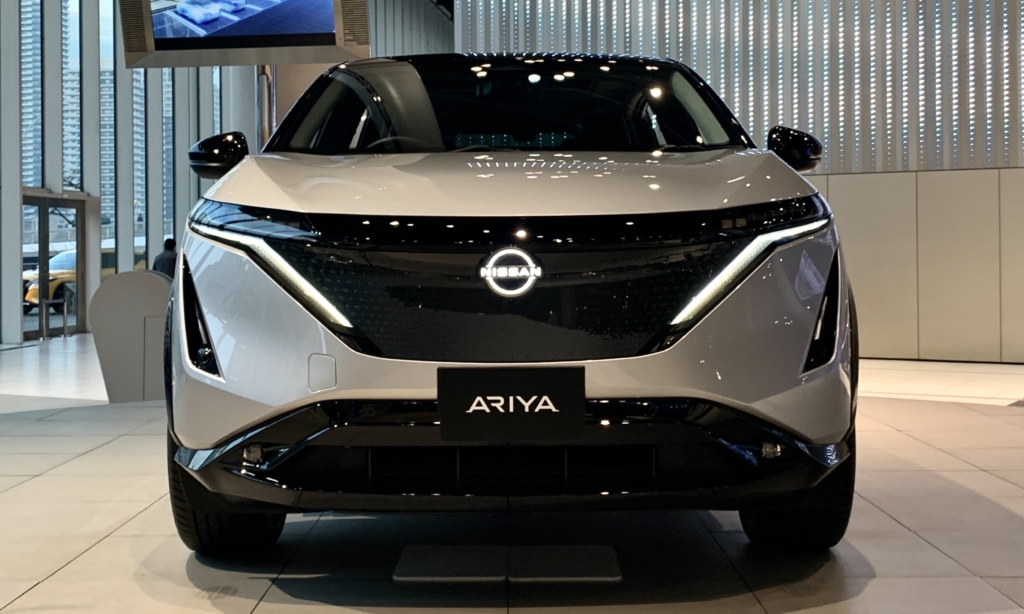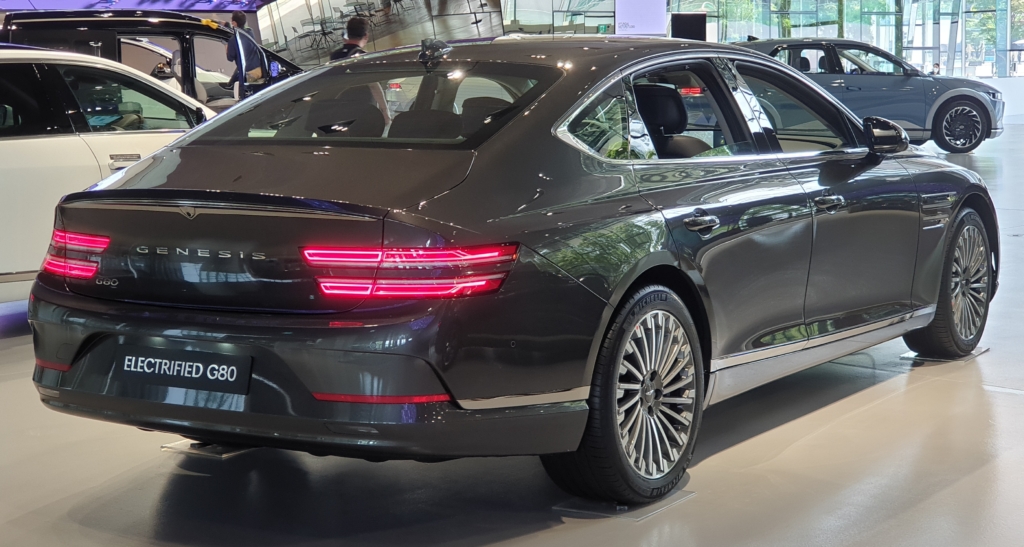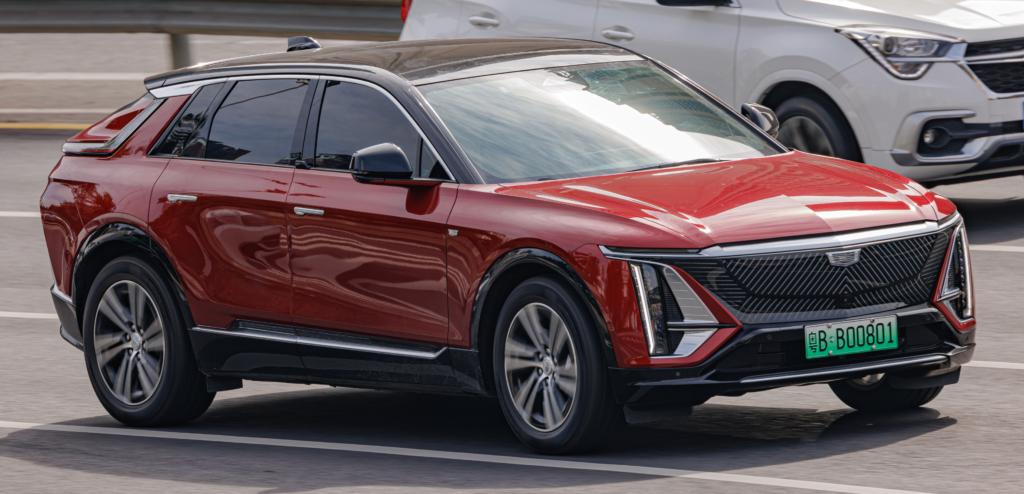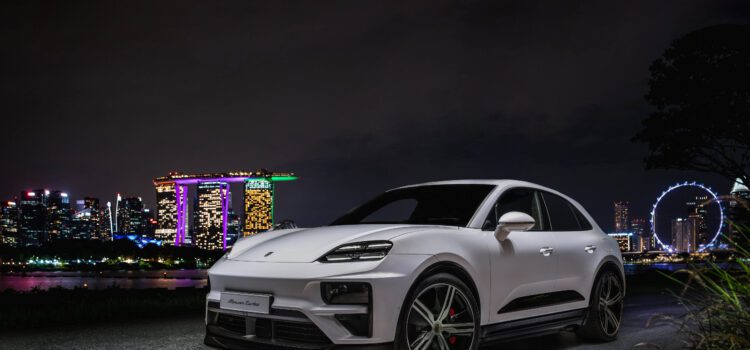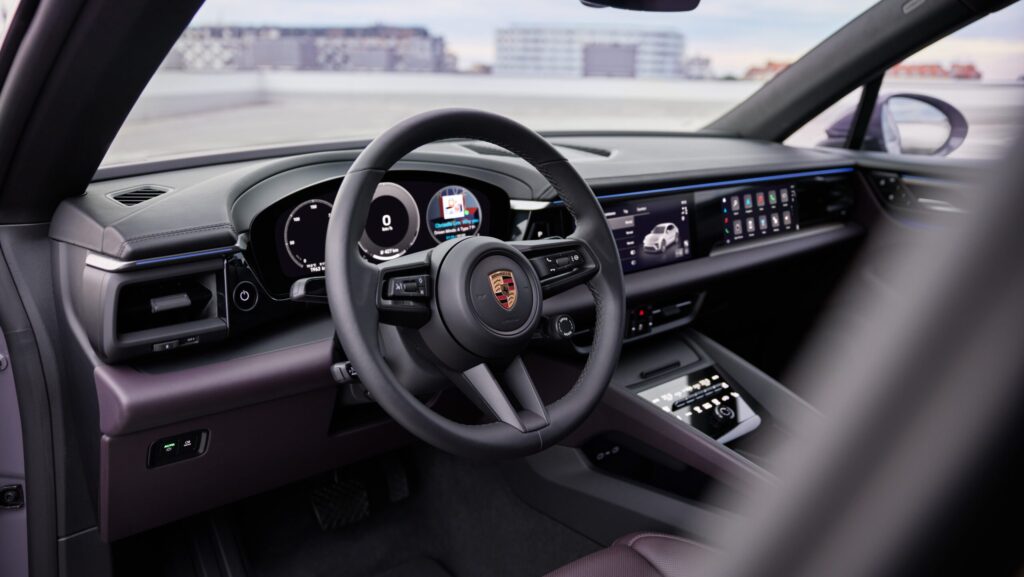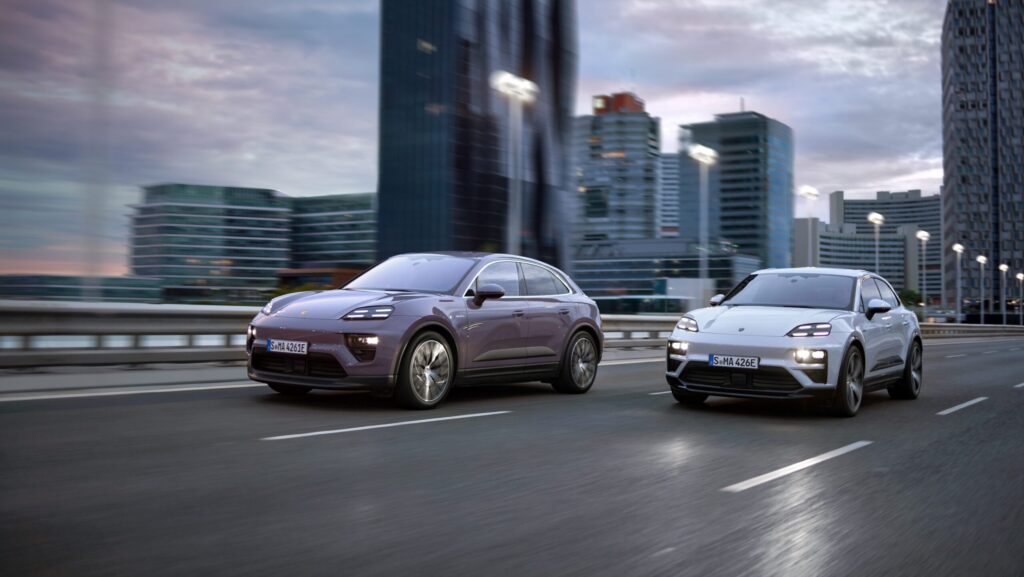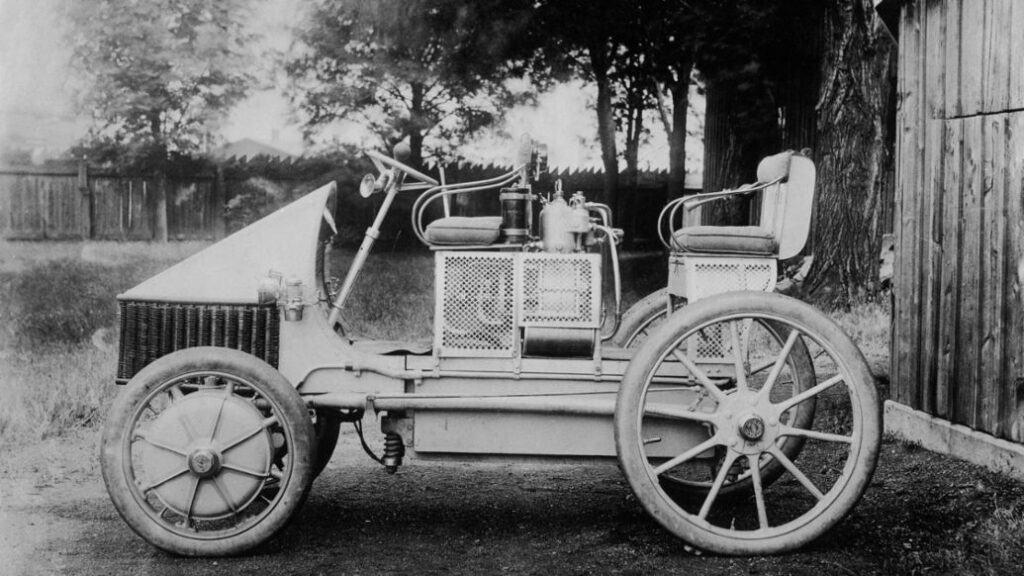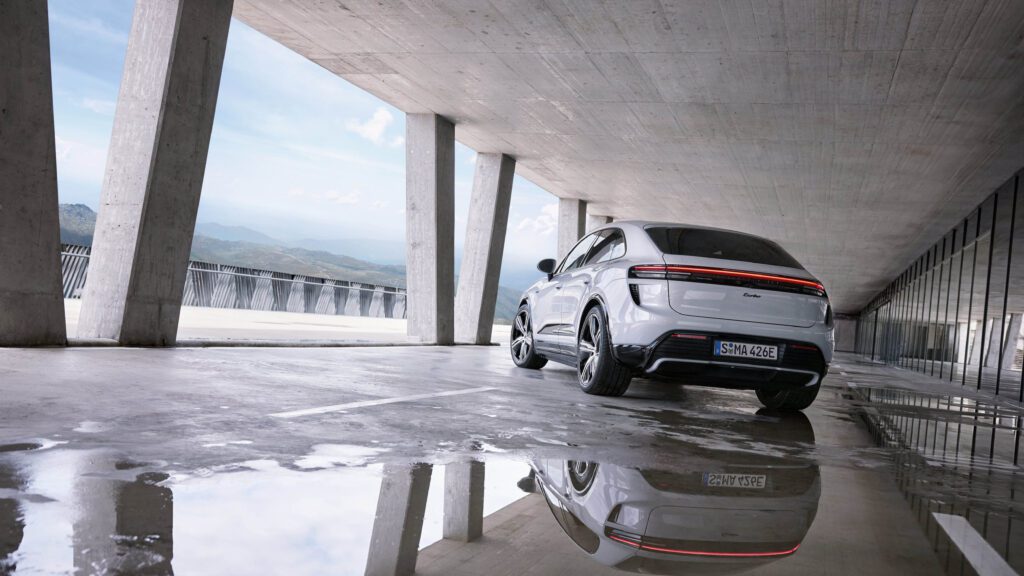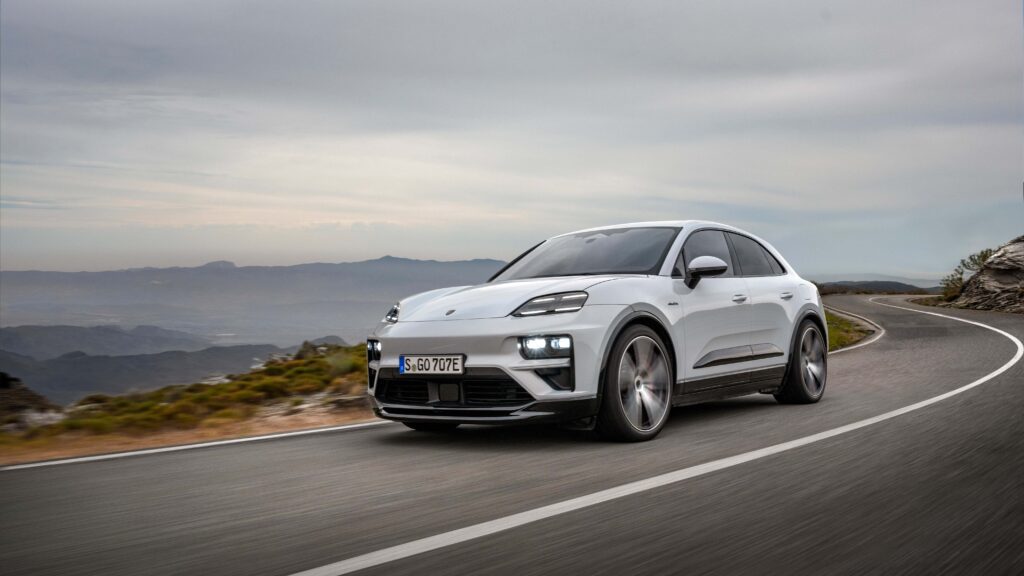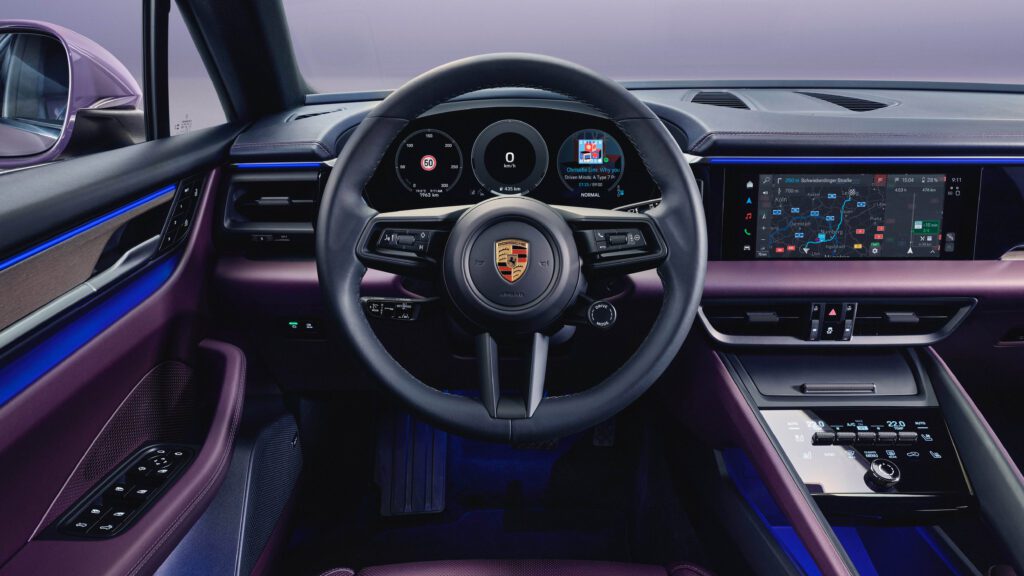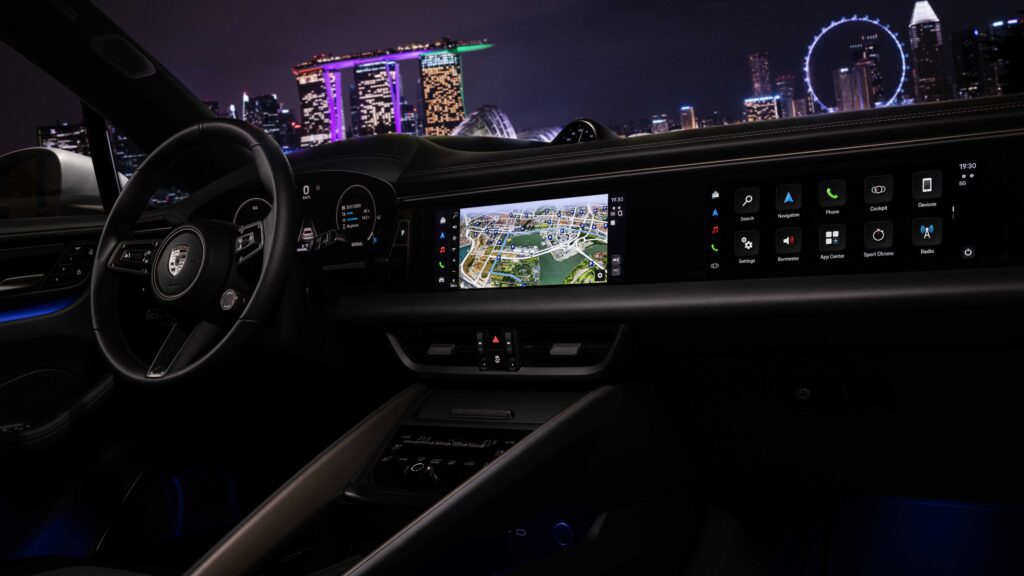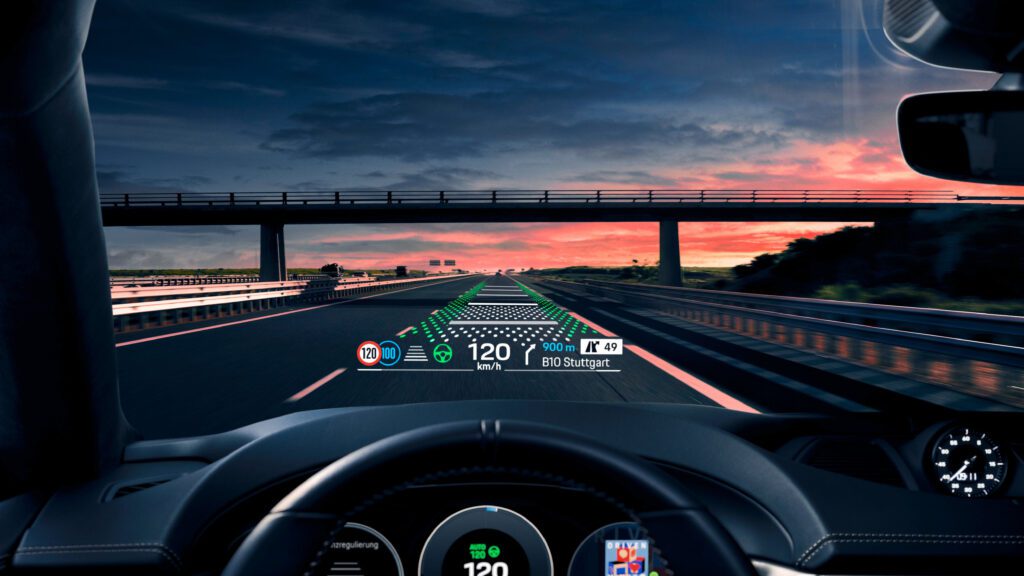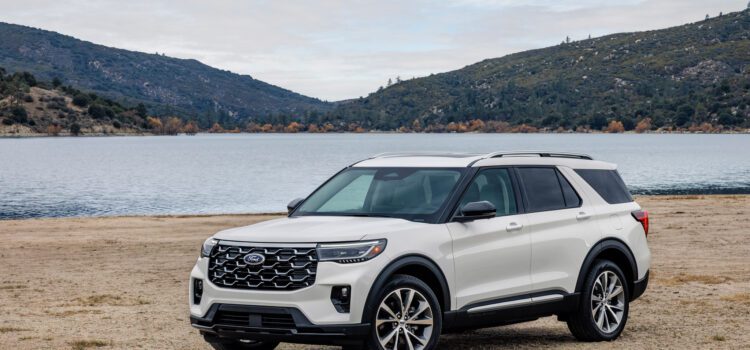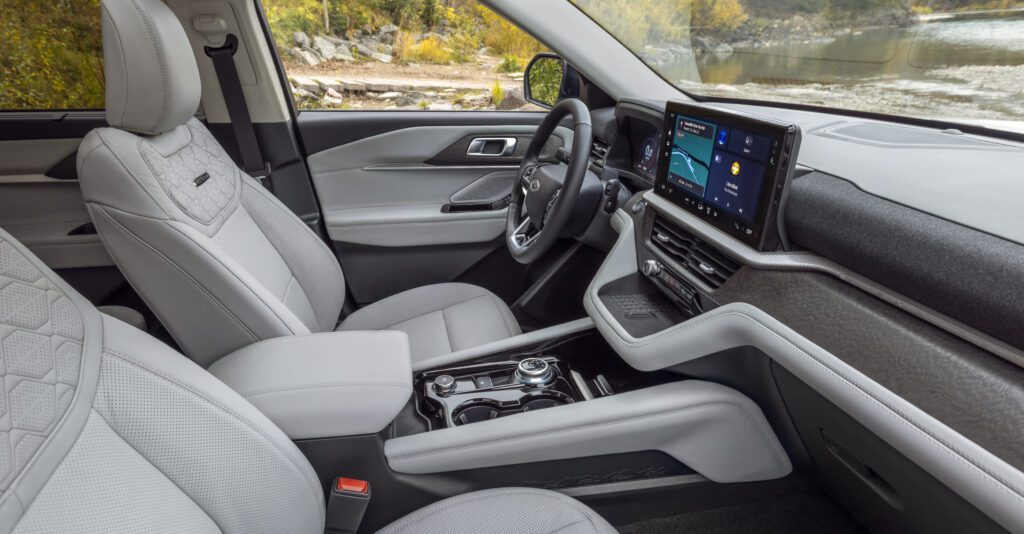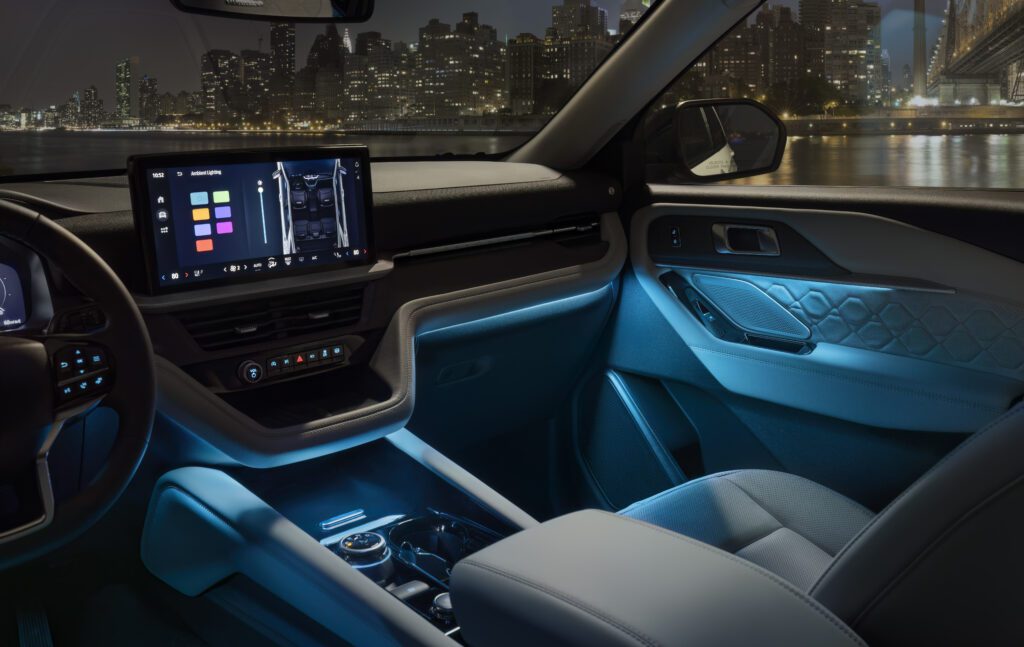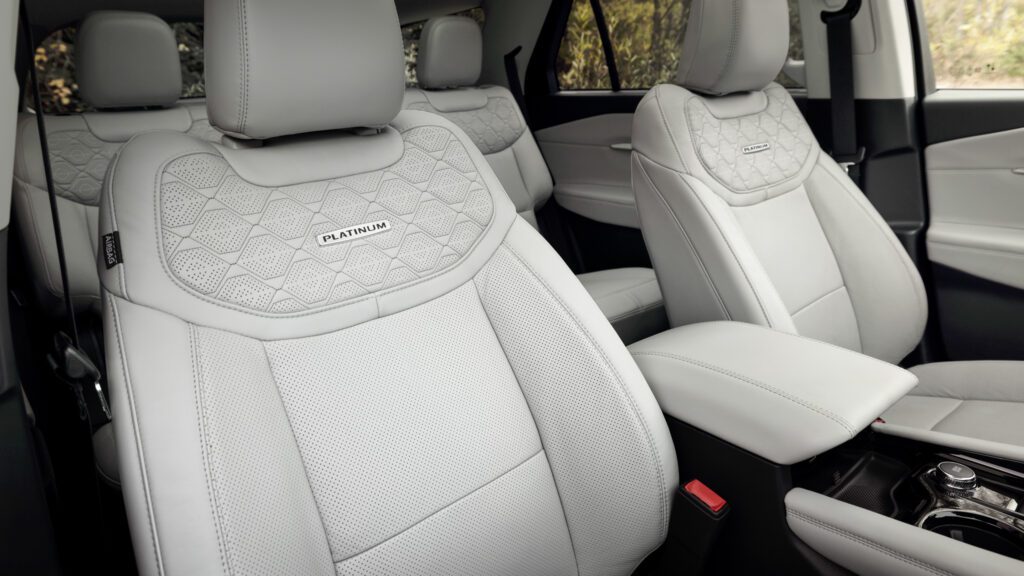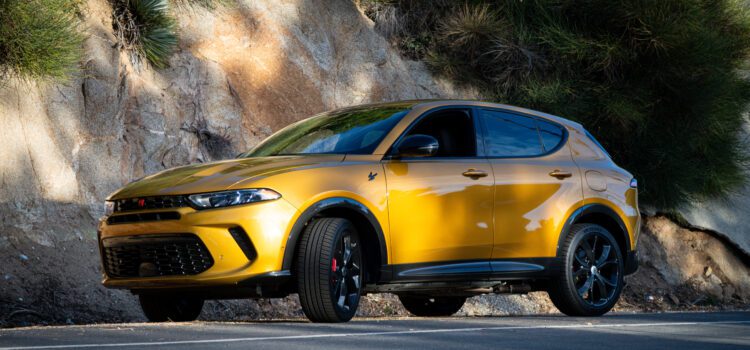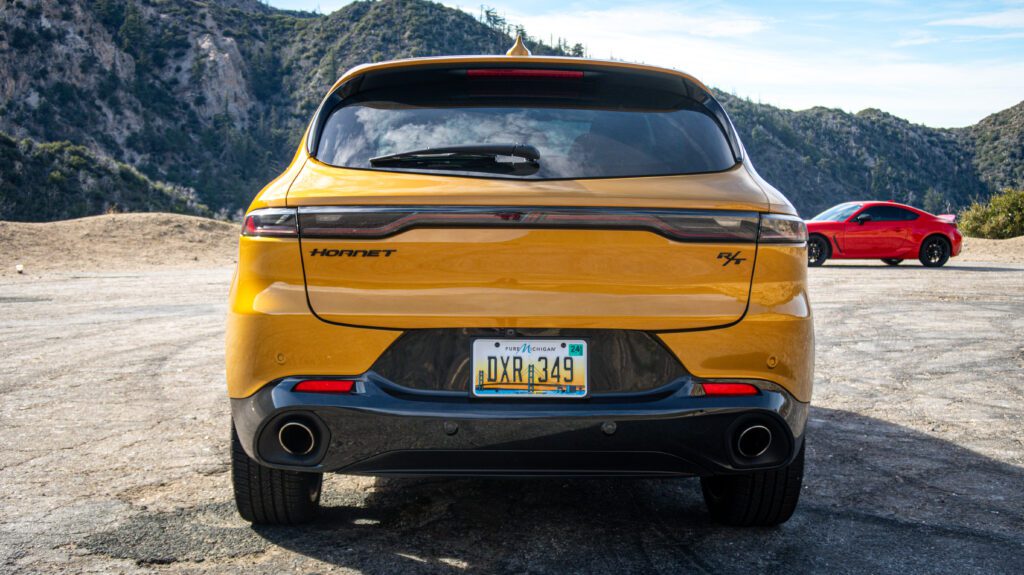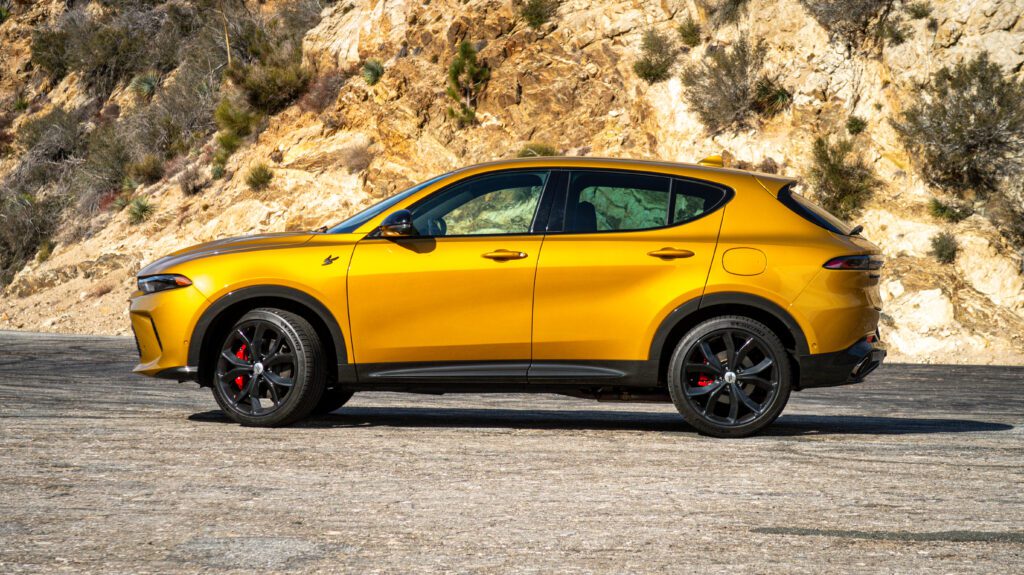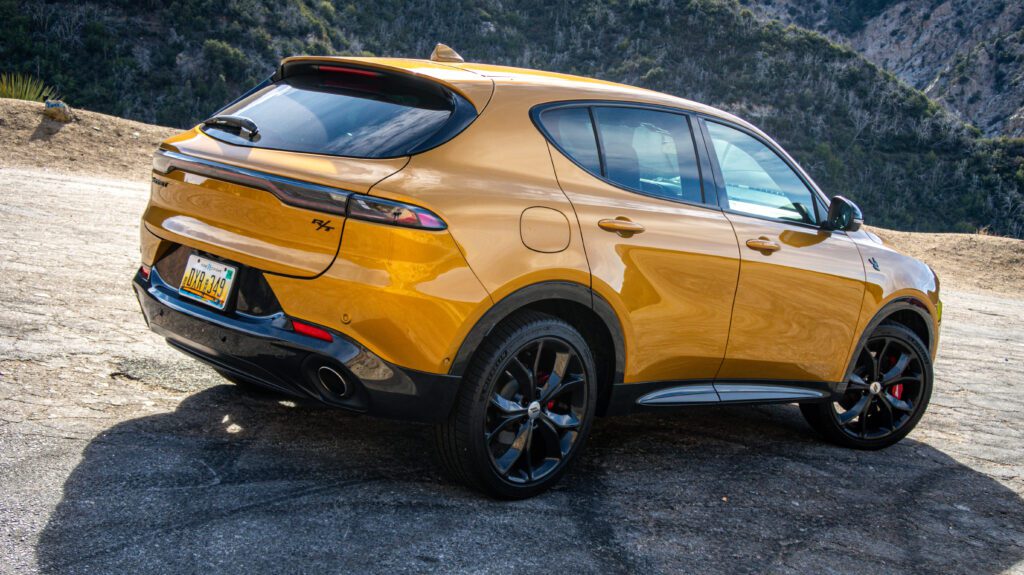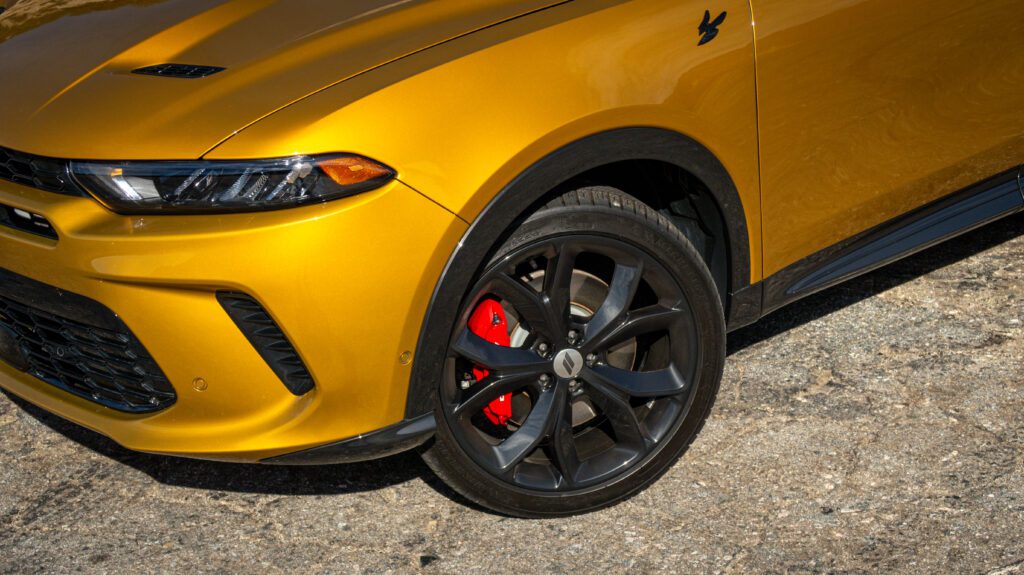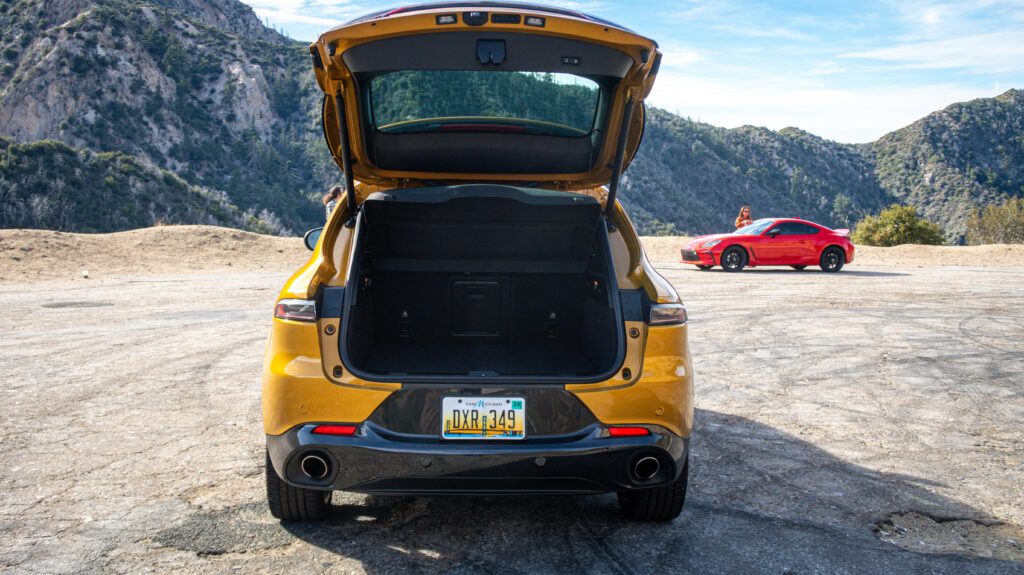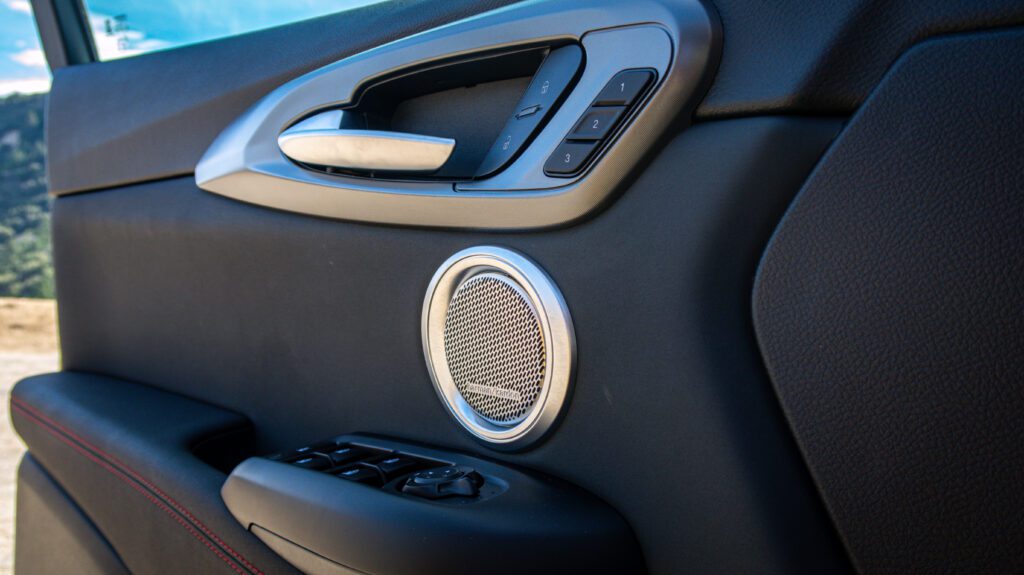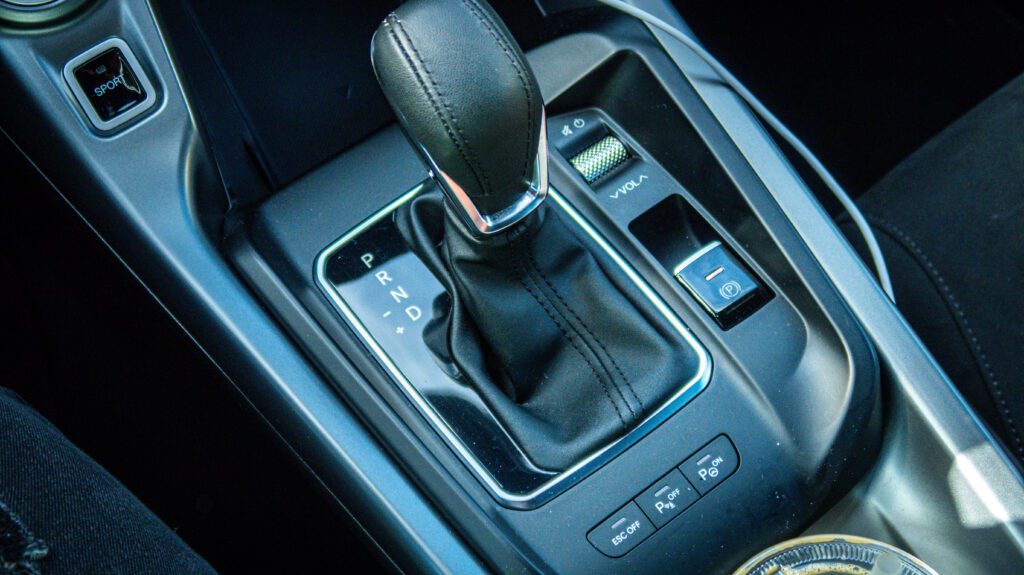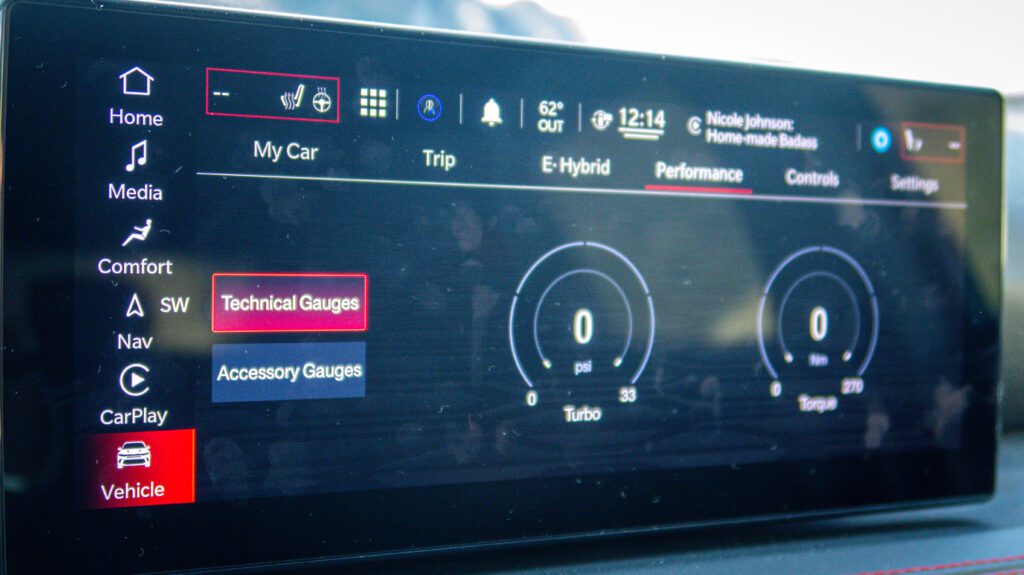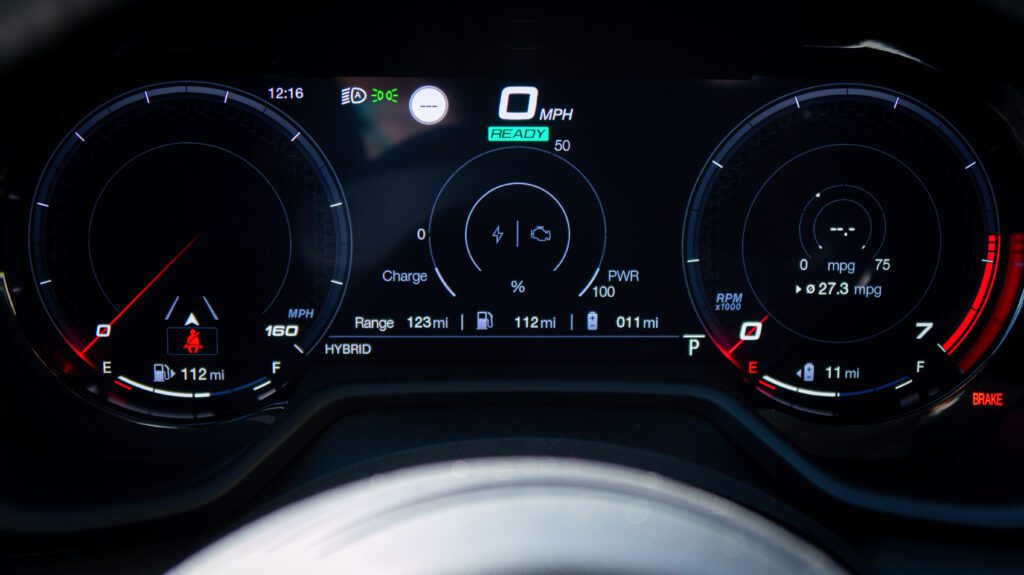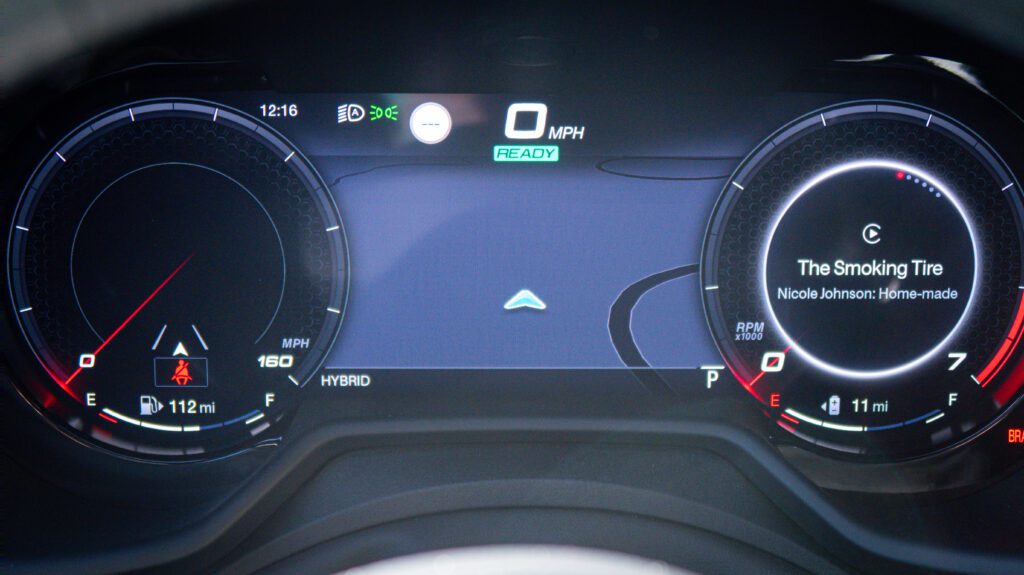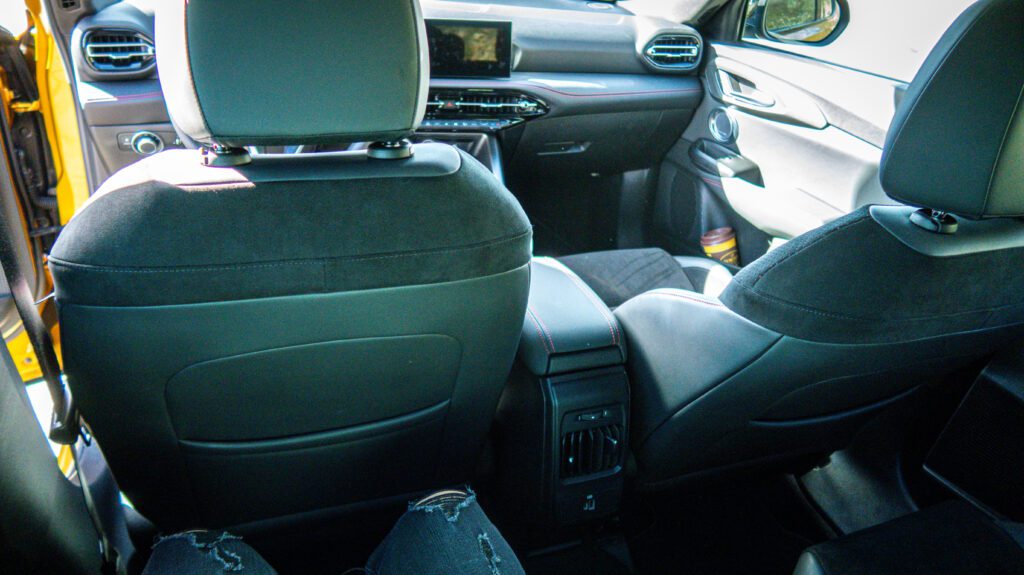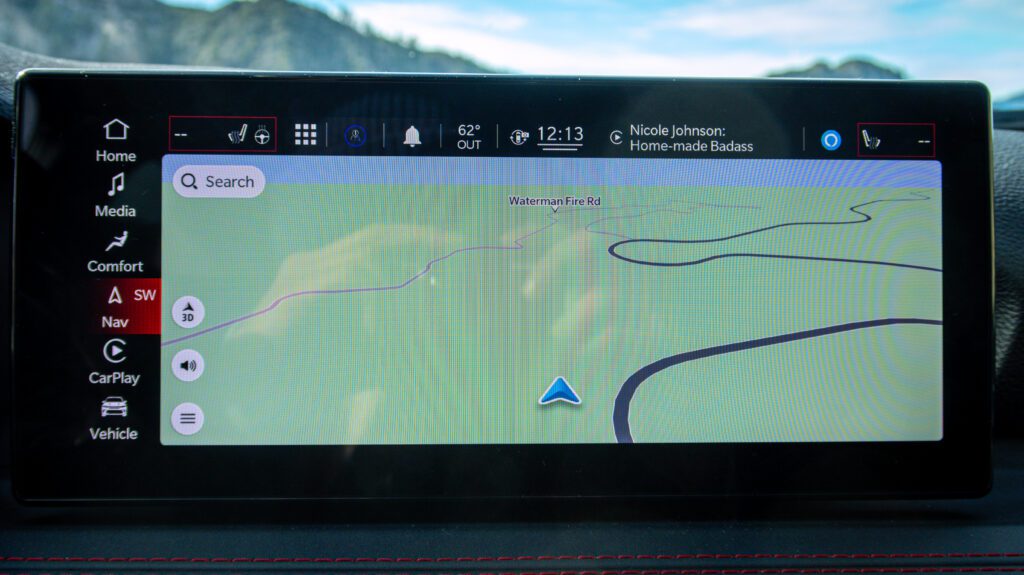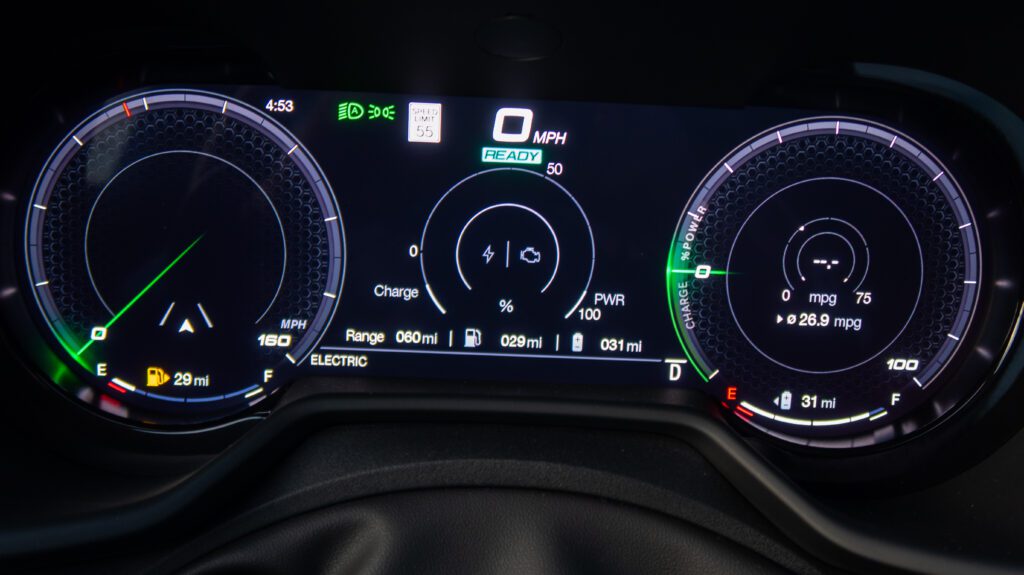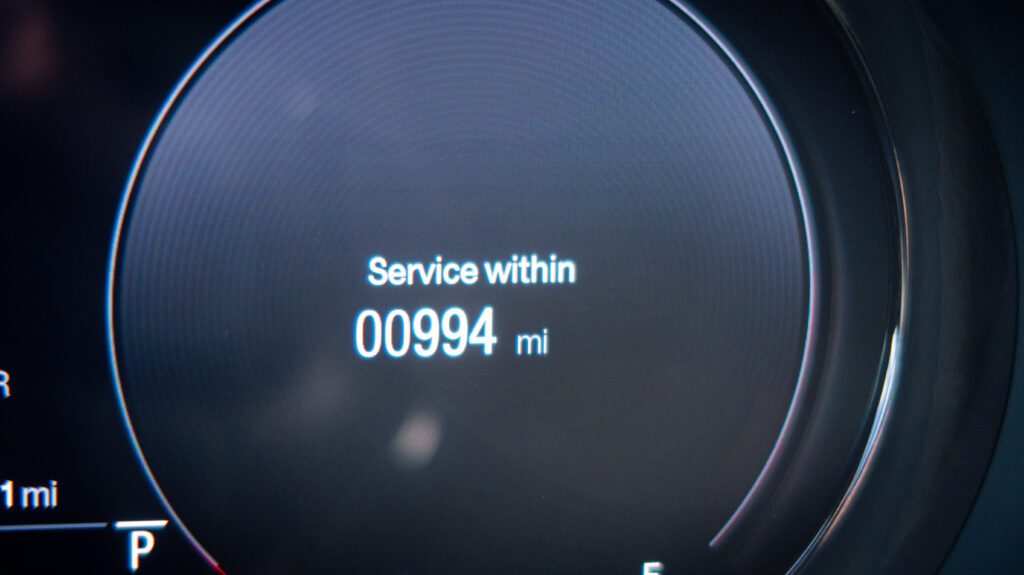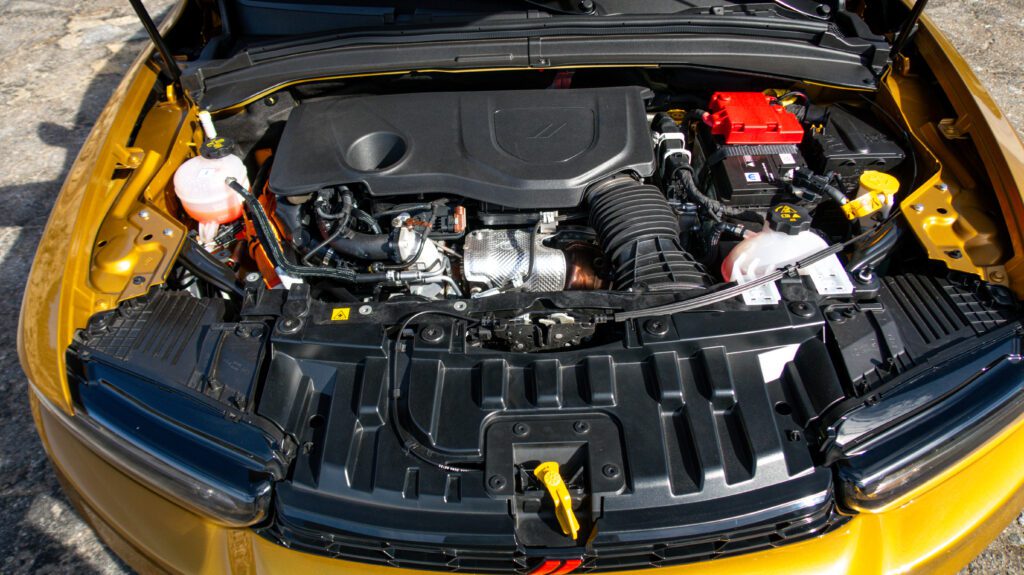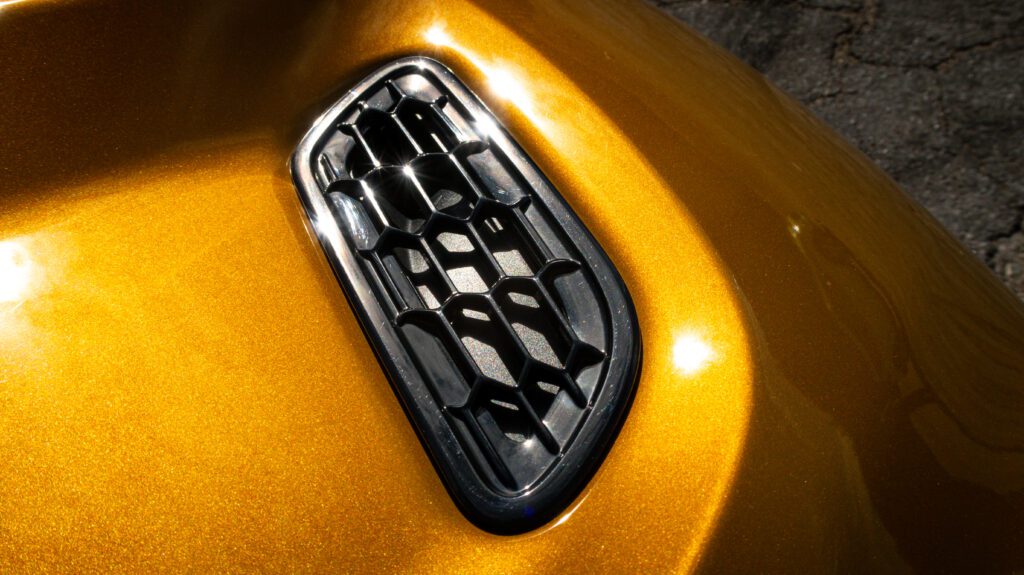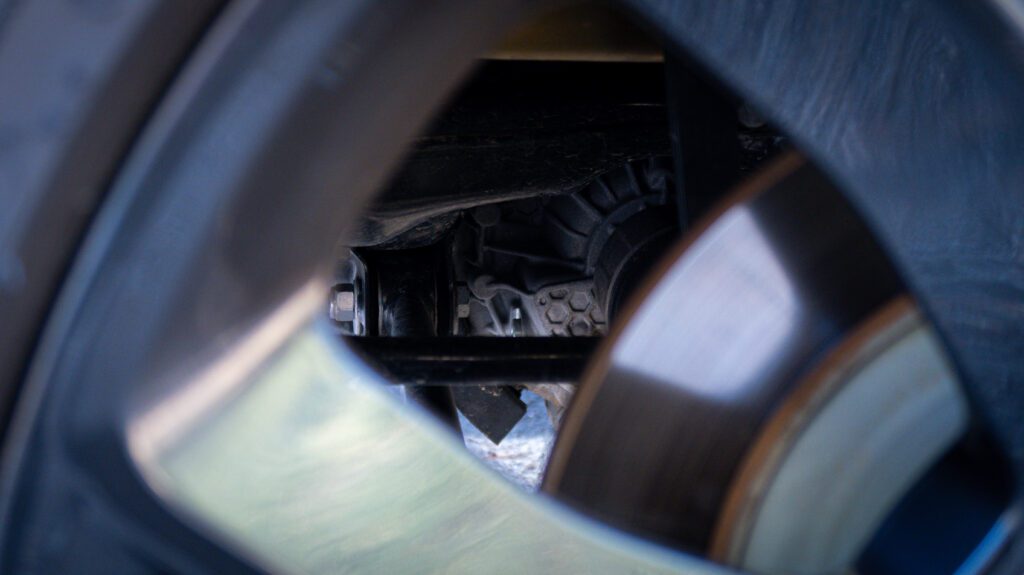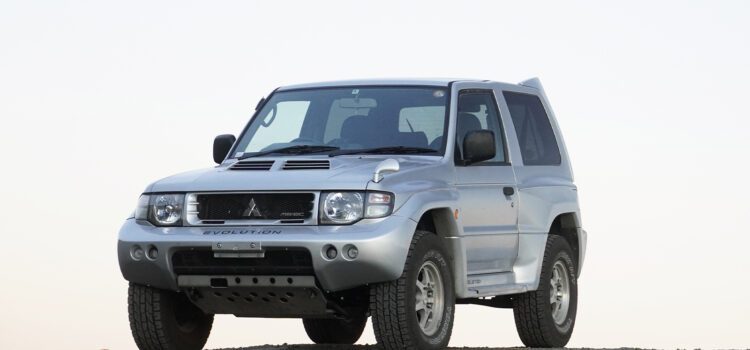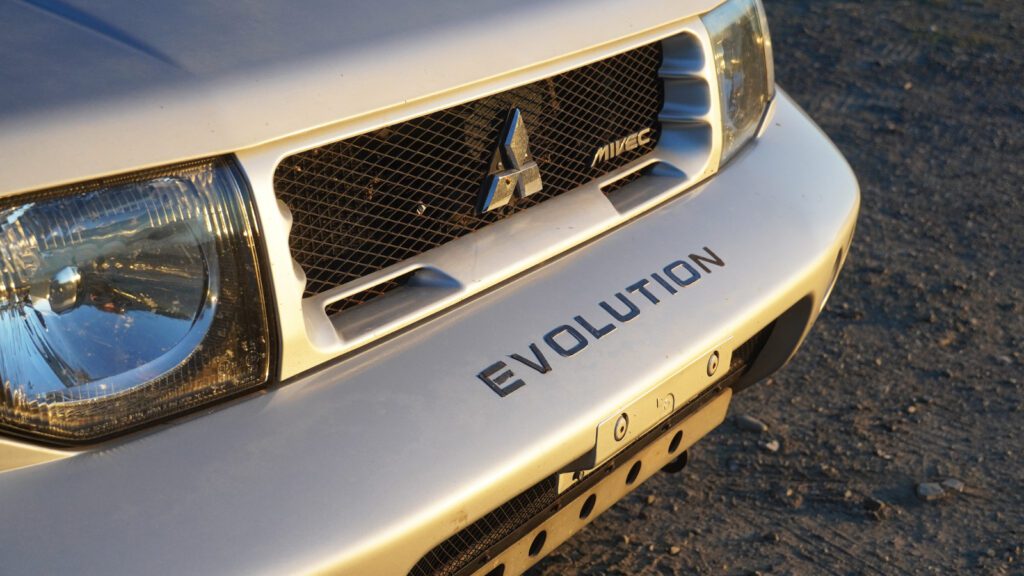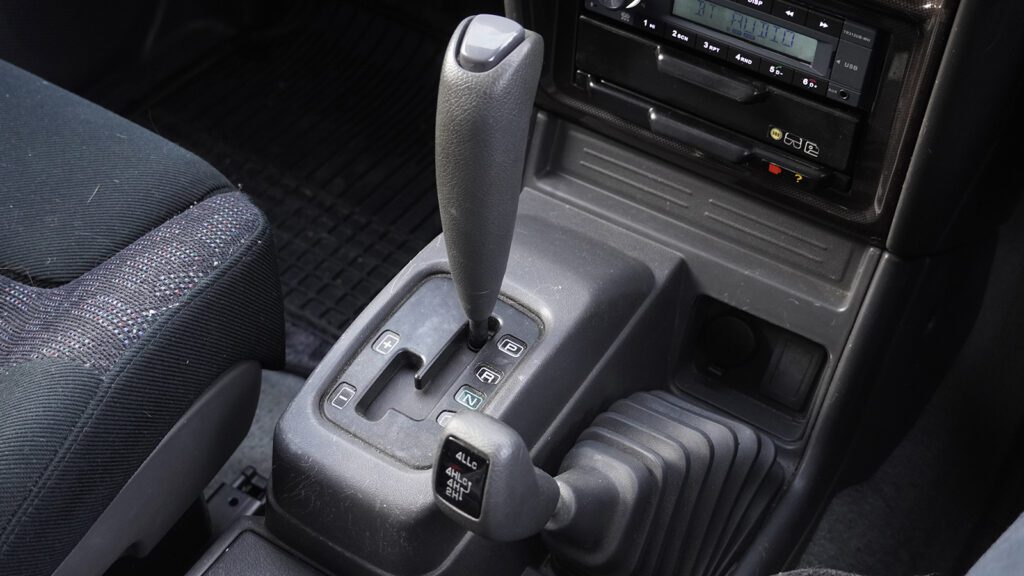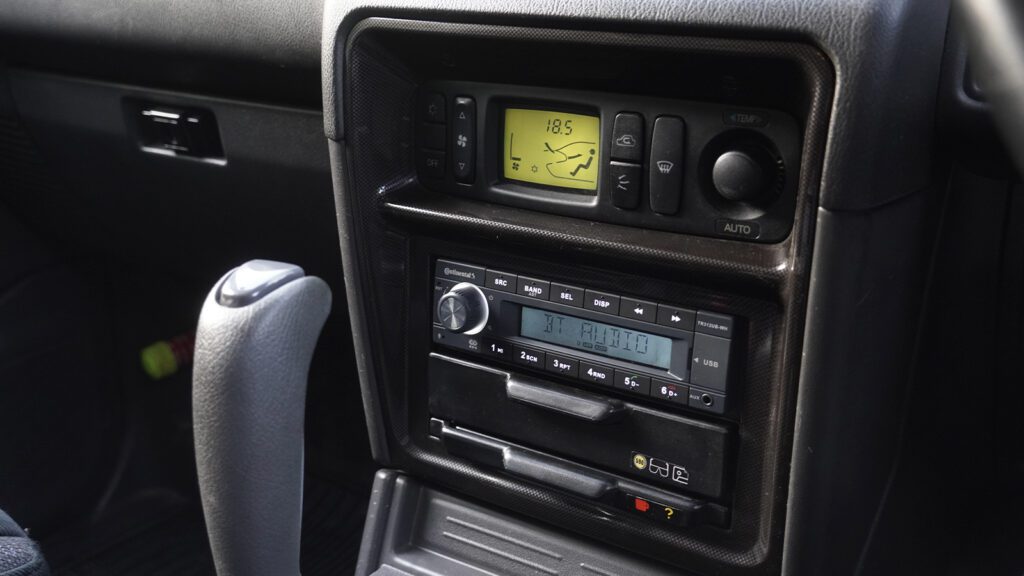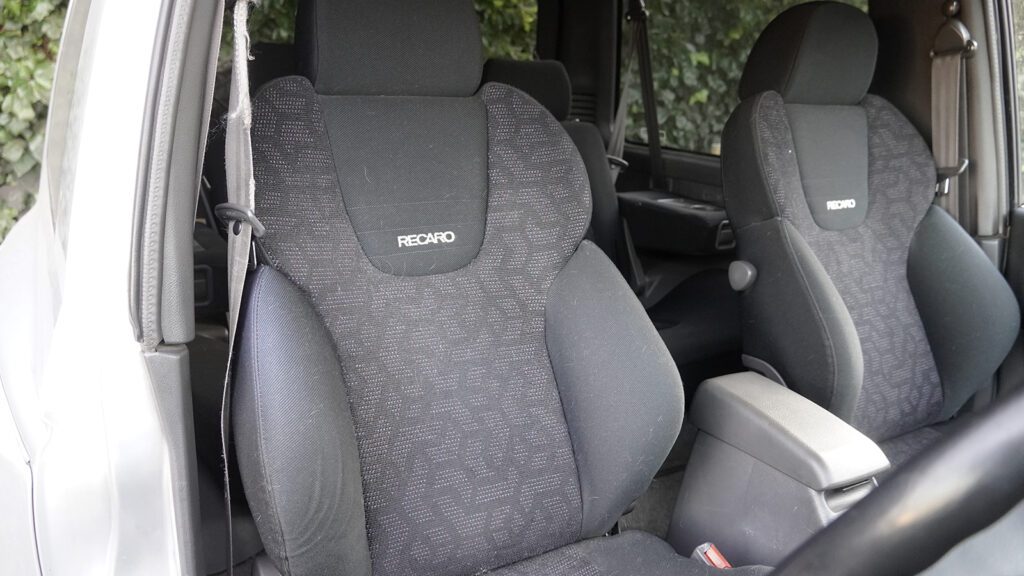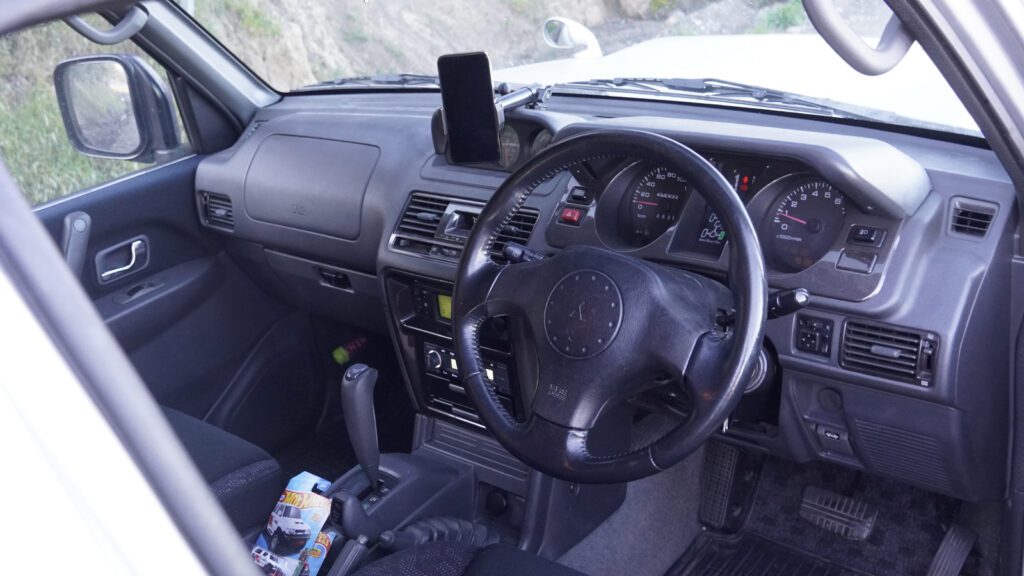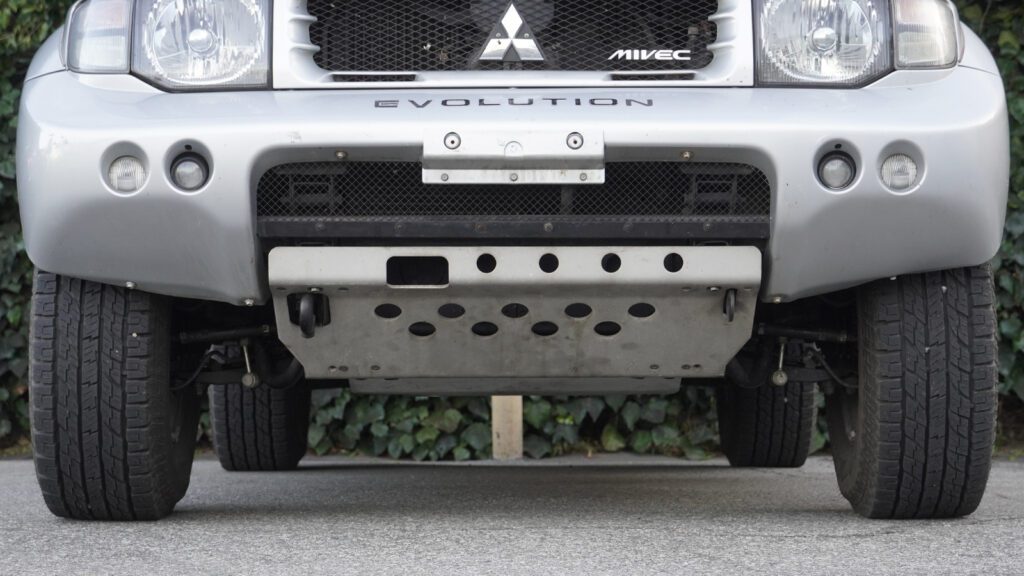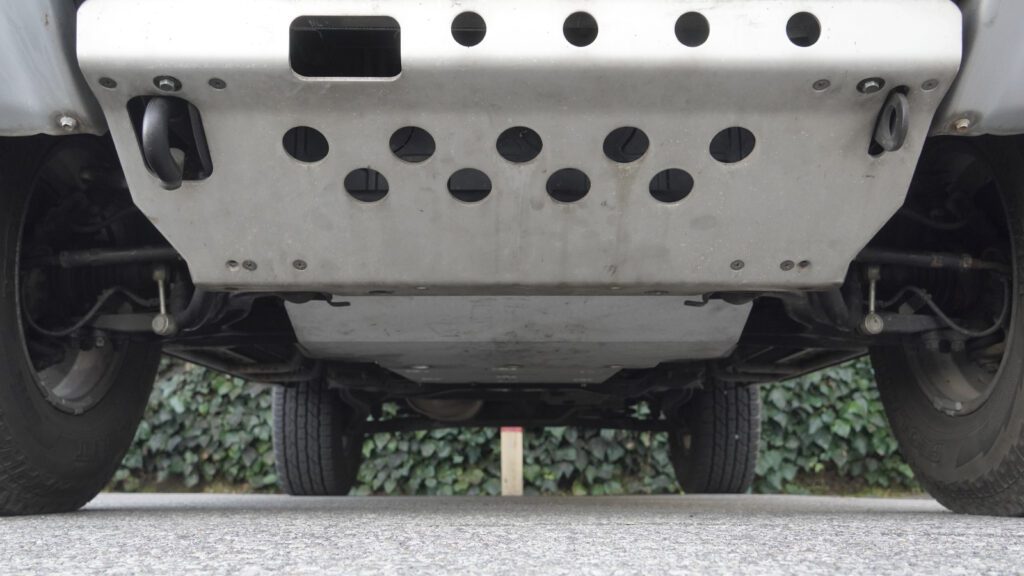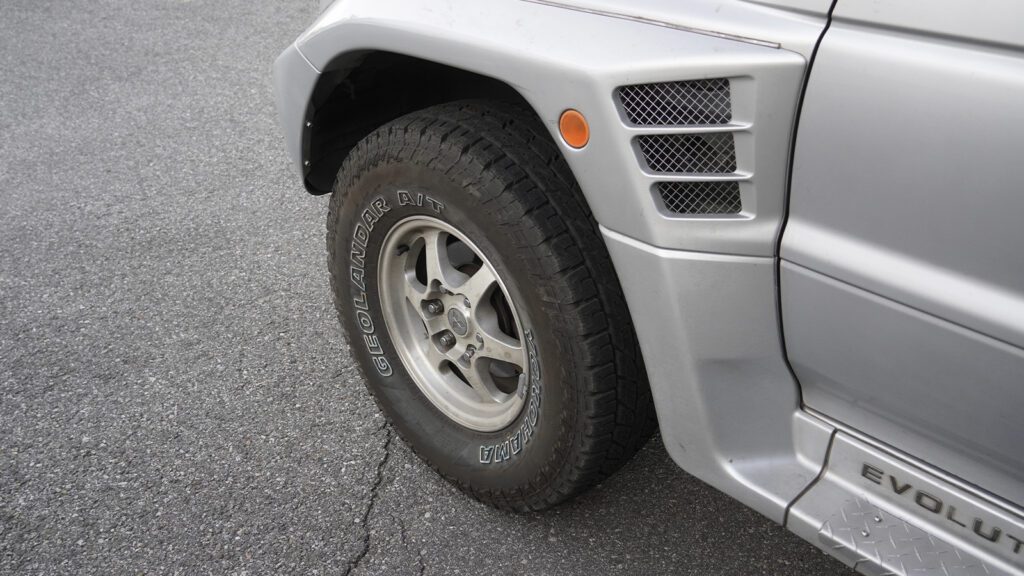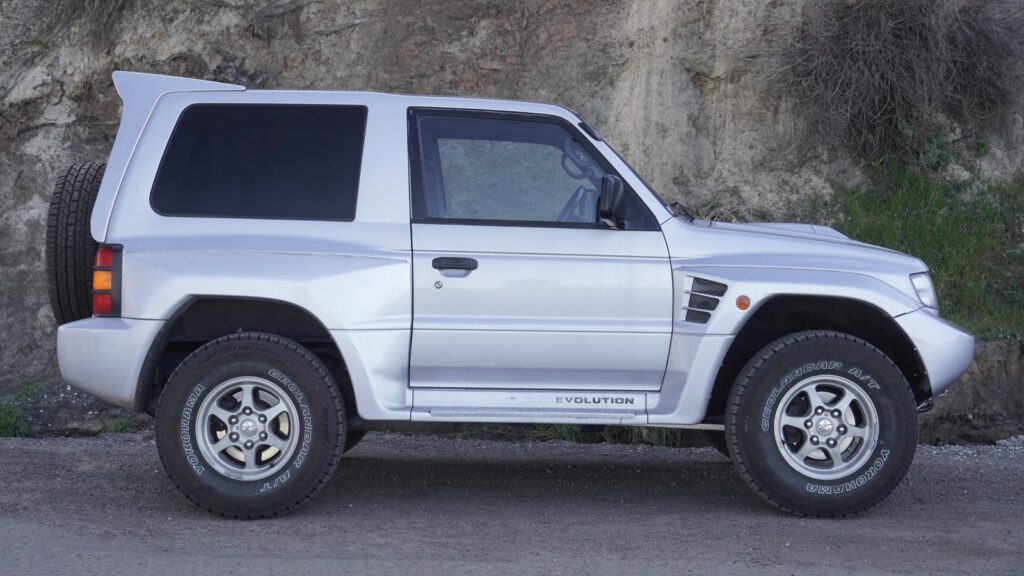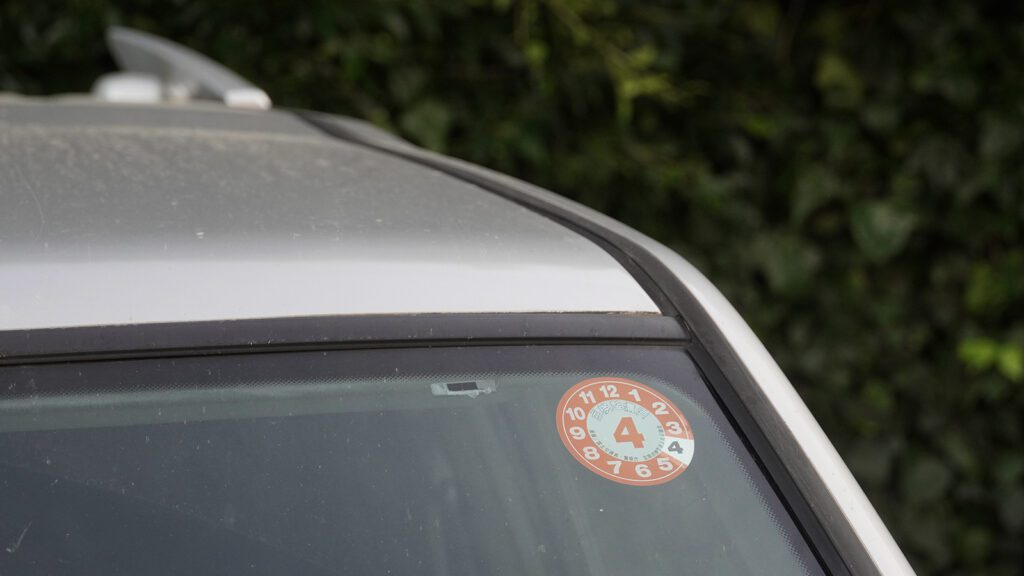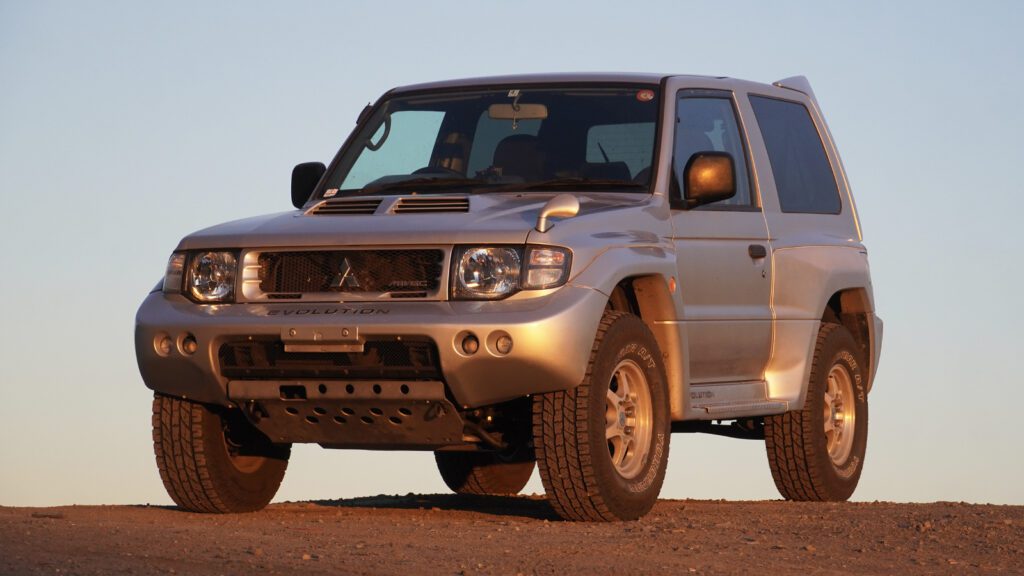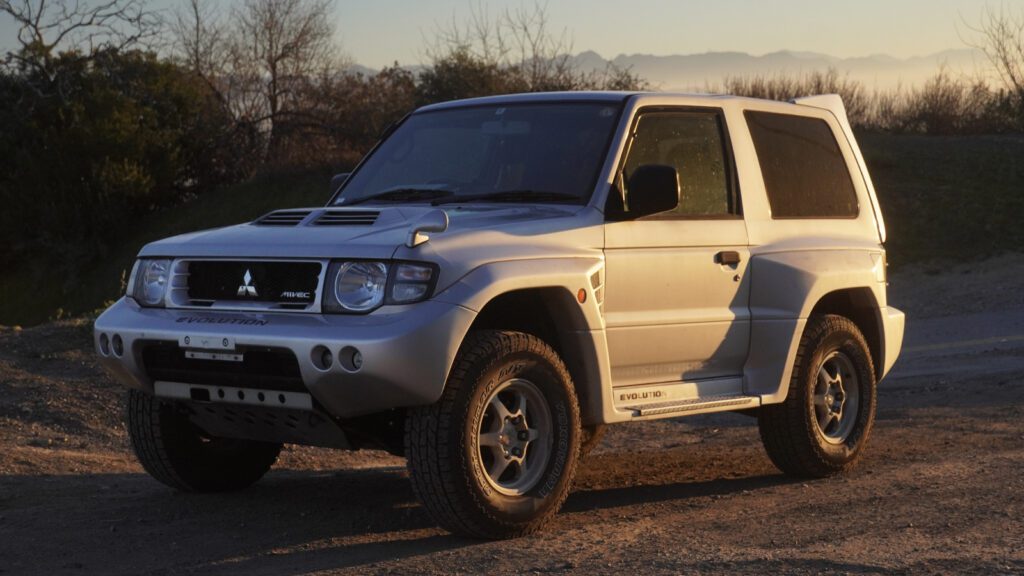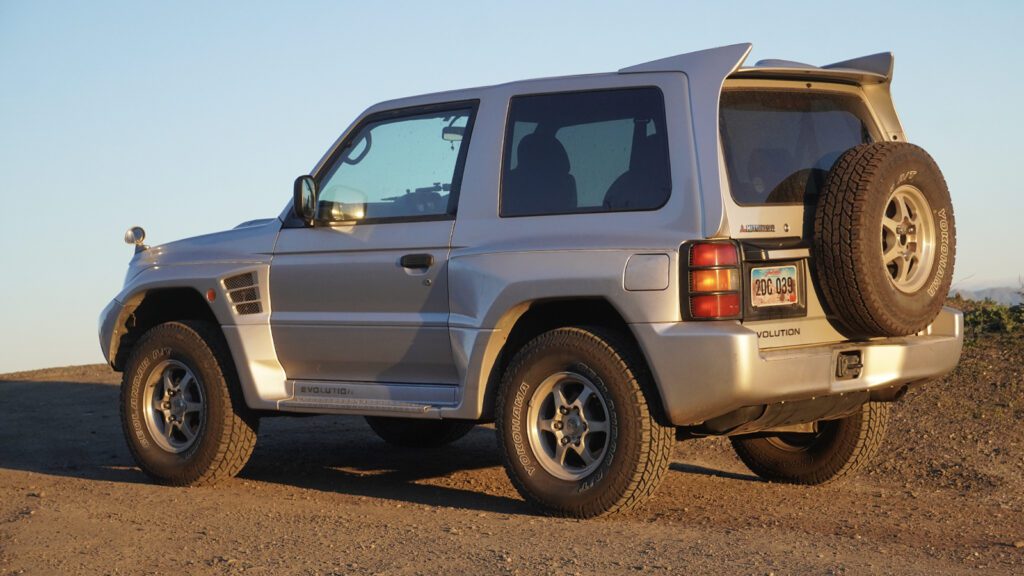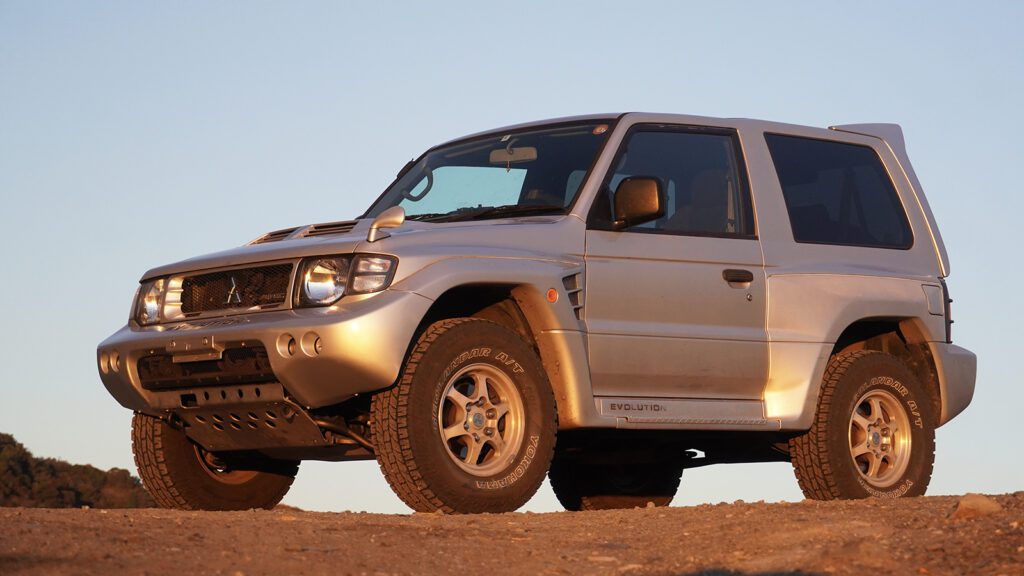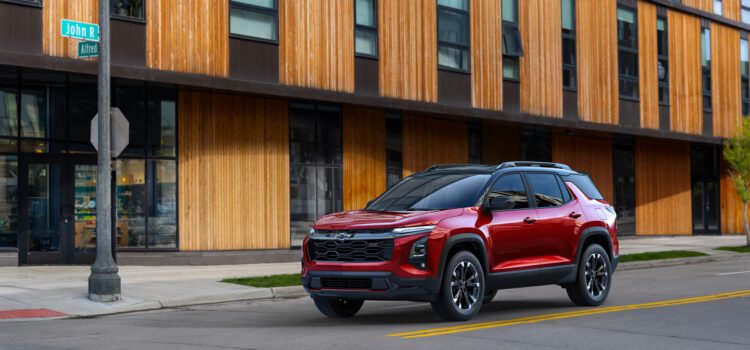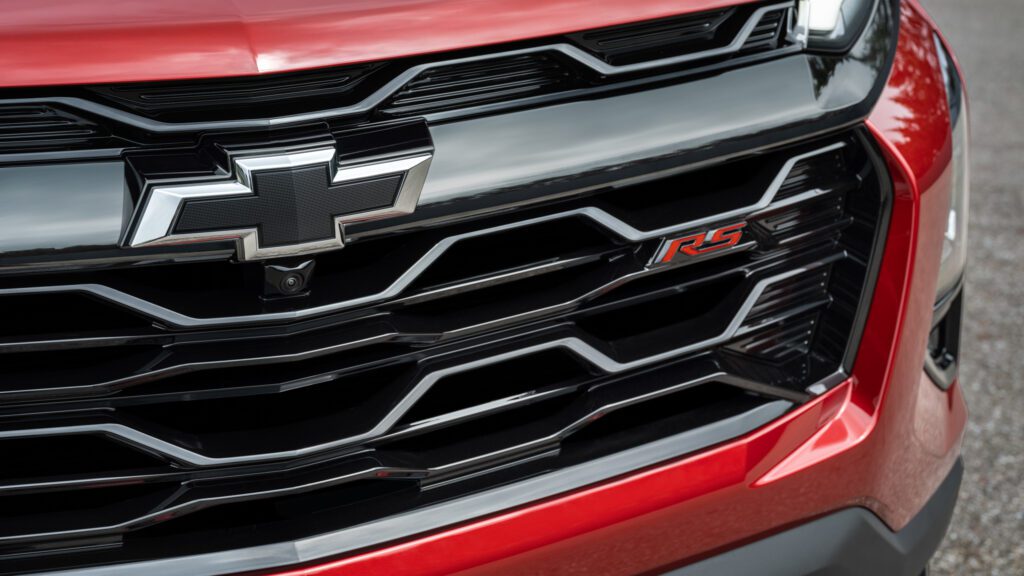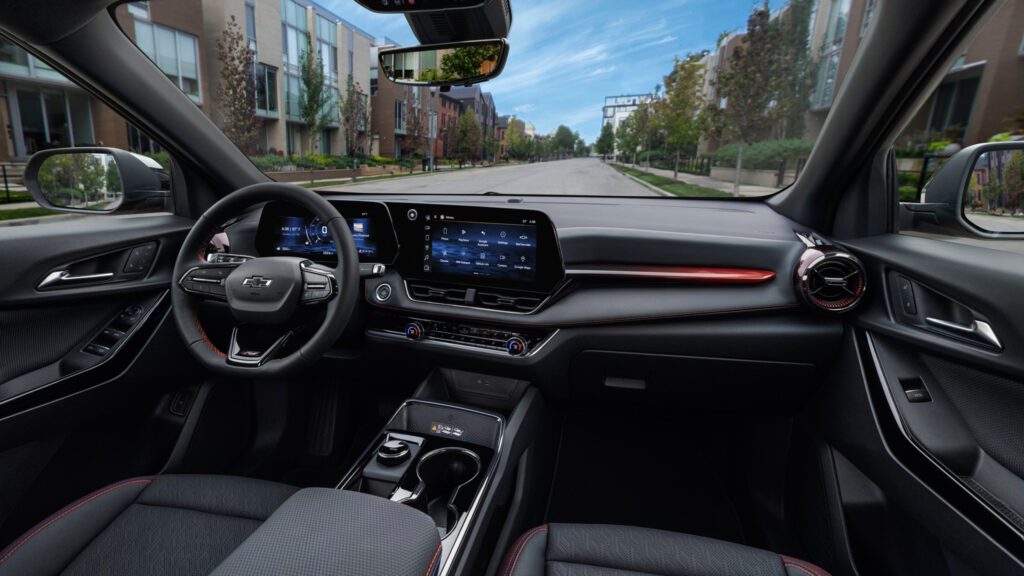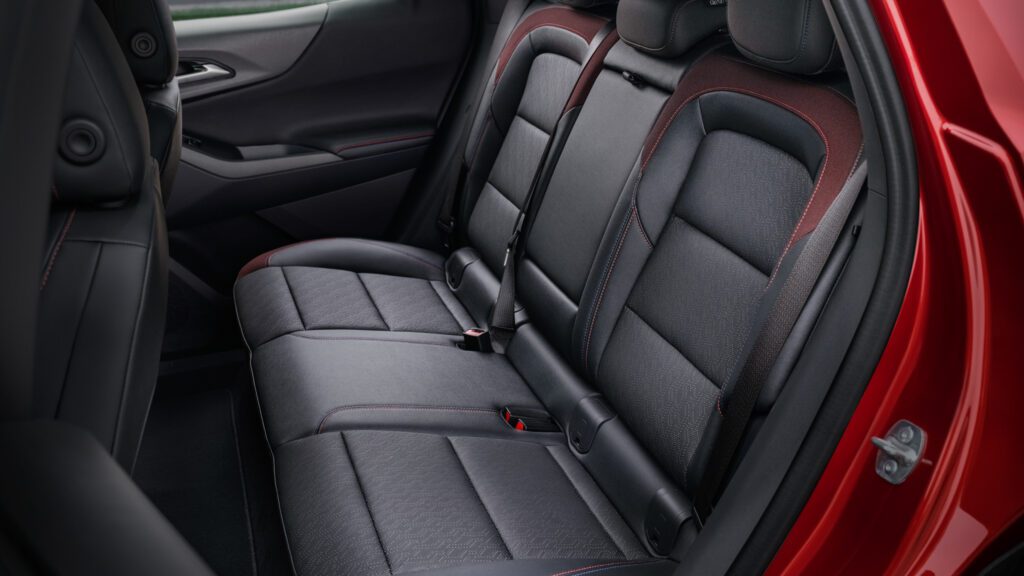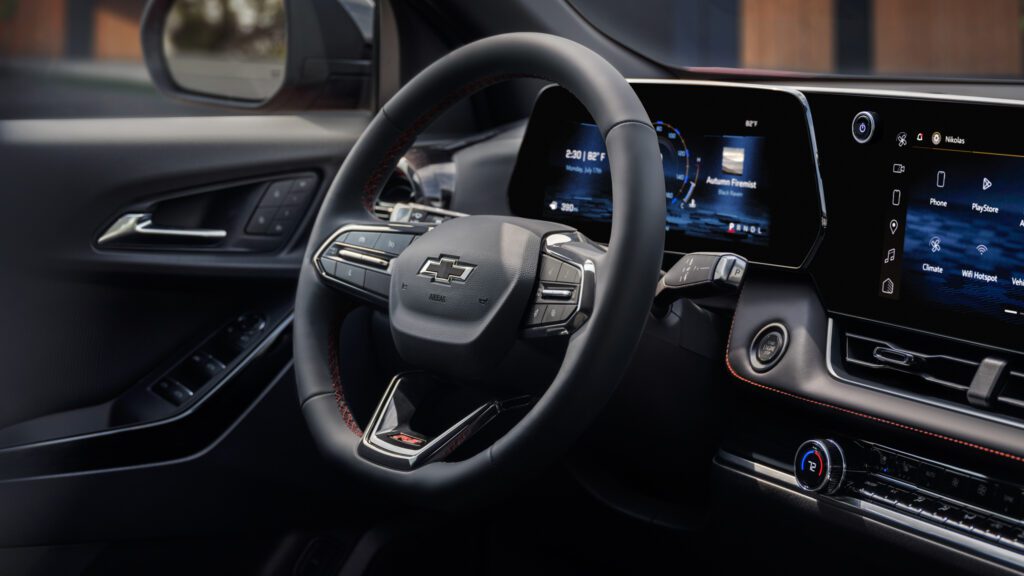These are the five best used cars to look out for in 2024 (plus five more!)
(Editor’s note: updated 2/14/2024 with five runner-up choices)
Buying a car is an important milestone in your life and should be a celebration, but don’t think you need to buy a brand-new car with the ridiculous dealer markups that ruin the car community by gatekeeping cool cars. Instead, consider buying used cars that may be just as good or even better than what you can get brand new. By buying a cooler second-hand car, you can get those special features and trim levels at a relative bargain versus new cars, which traded hands for an average price touching $48,000 just last fall. Just think, why buy a cheap, basic new car in a bid to beat inflated prices when you can get a specced-out second-hand diamond in the rough?
Need any ideas? Take a look at these ten different used cars across five categories that you should keep an eye on in 2024. And no. It’s not “Ten Best Used Cars.” It’s Acceleramota’s “Five Used Cars N’ Five More” deal. Get it right.
Best used truck for 2024: Nissan Frontier
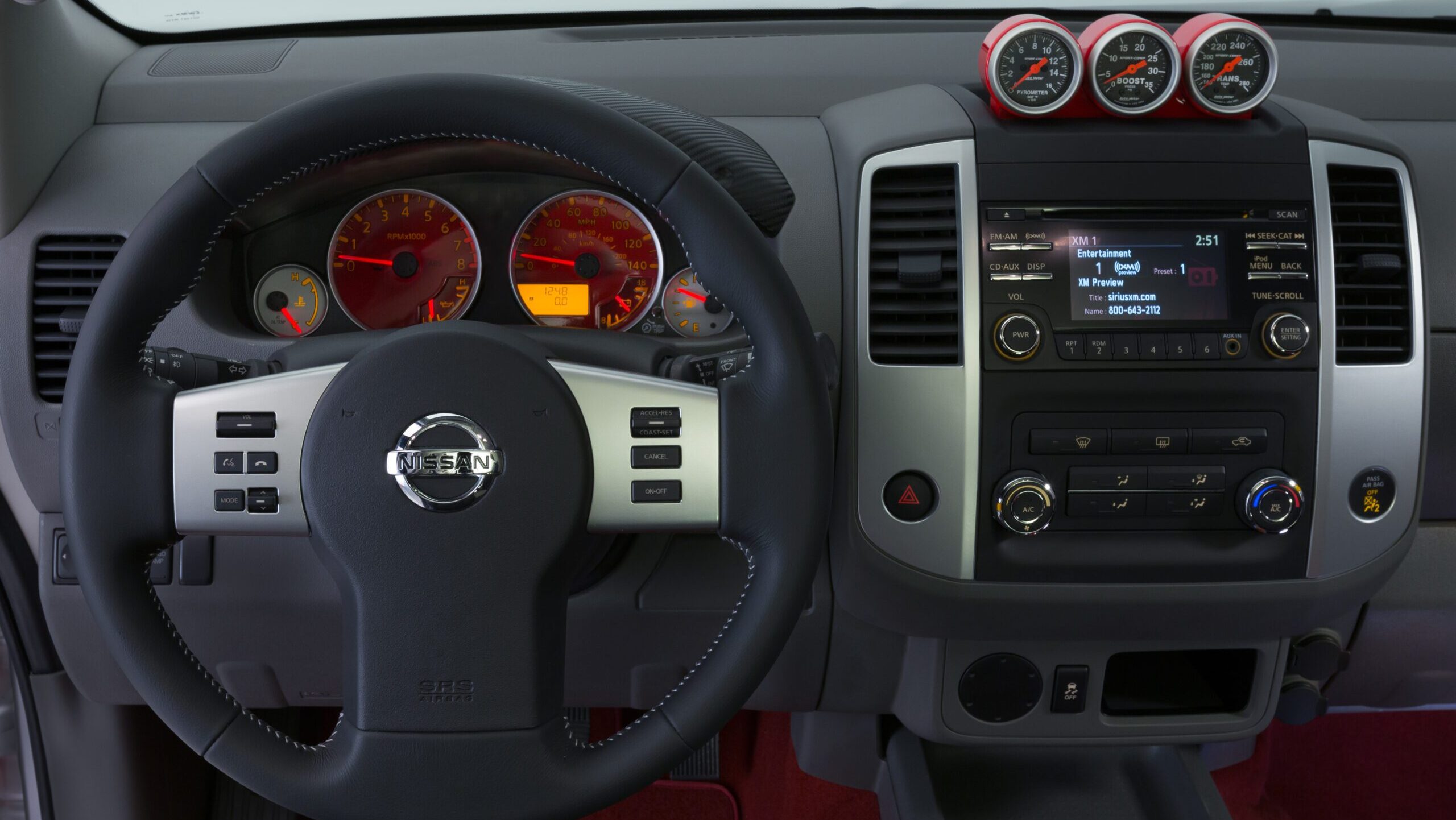
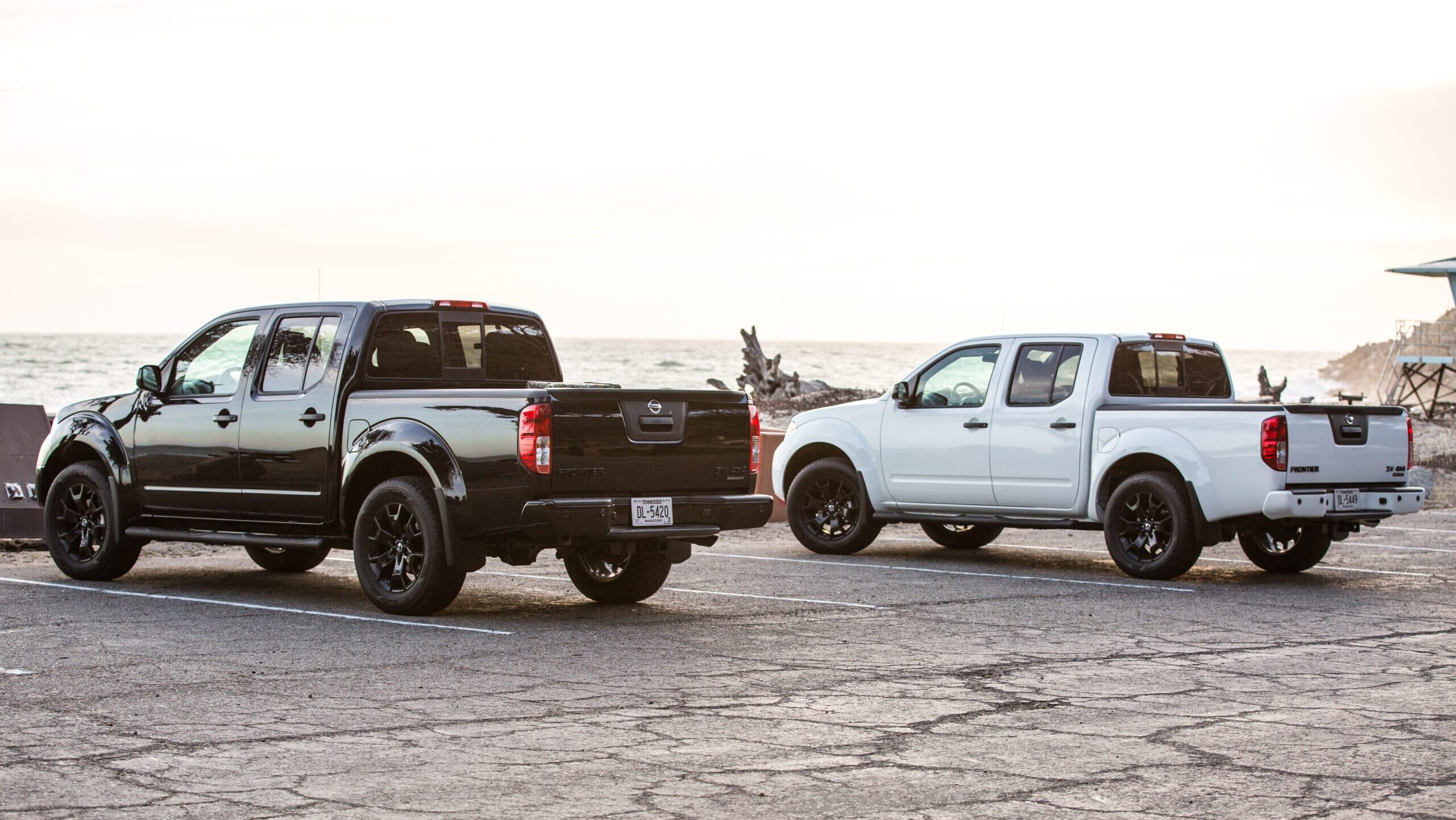

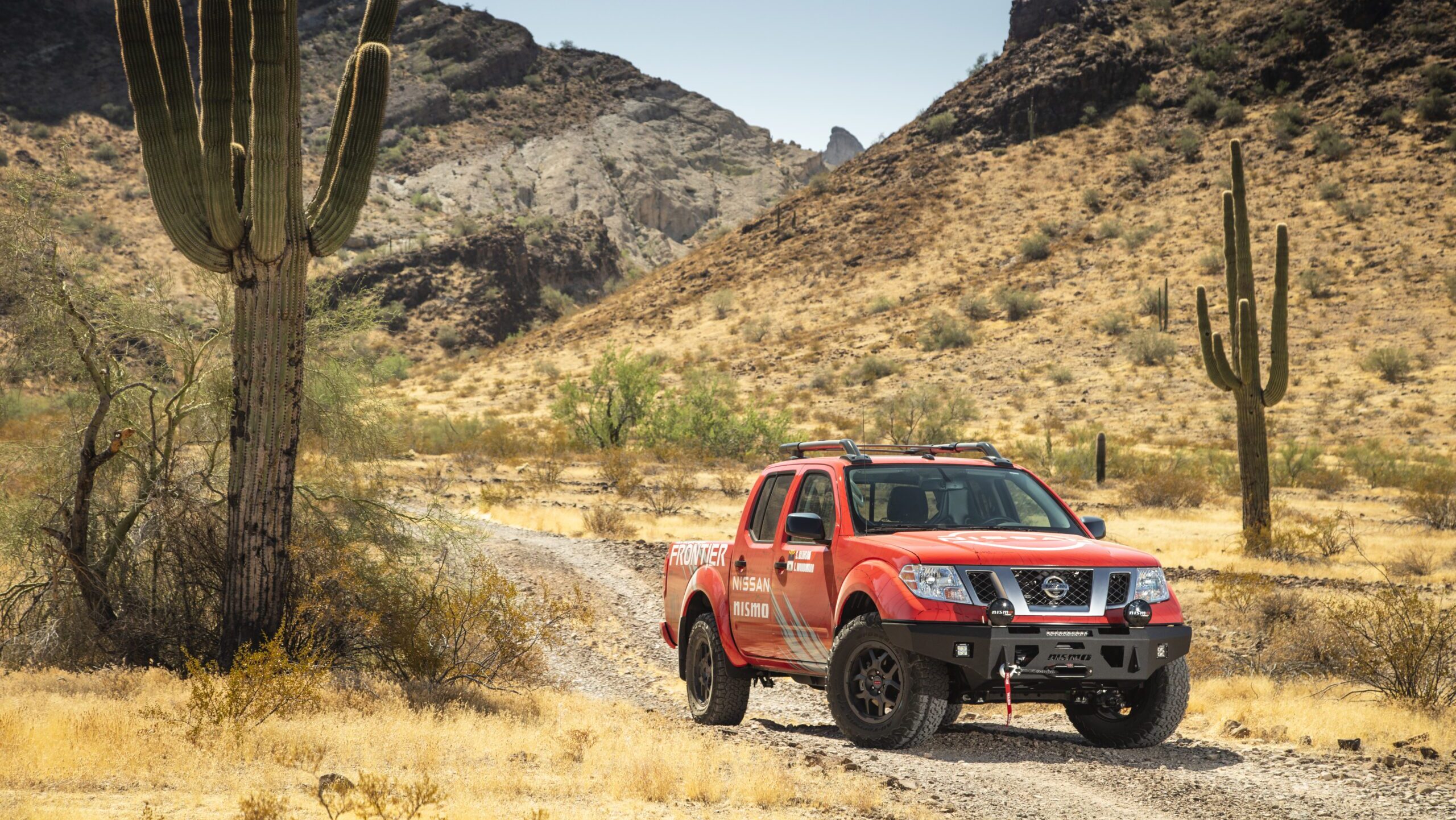
What’s hot?
- Reliable and has great performance figures
- Trucks (and parts) are readily available as they have been out for so long
What’s not?
- The interior of the Frontier offers very little in terms of modern amenities or quality
- The new one is markedly better
It may not be the mighty Ford F-150 or any Ram with a Cummins engine, but if you are in the market for one of the best-used trucks you can spend your money on, look no further than a Nissan Frontier.
This is no daisy-picking pavement princess. The Frontier is built for and proven to be durable as it is used in countries where the roads have more potholes than actual roads. Sure, the Frontier may not have the best features, and the interior is relatively sparse (for reference, Nissan was still selling the “old” Frontier generation three years after the heavily modernized 2017 Toyota Tacoma dropped). But if you are looking for something cheap, cheerful, and robust enough to outlast you, the Frontier should be one of the choices on your shopping list.
The truck comes with either a 2.5-liter inline-four or the correct option of a 4.0-liter V6 that allows you to have a towing capacity of 6,500 pounds. The final year of this generation was offered the updated 3.8-liter V6 found in the current Frontiers. The performance figures, plus the reliability of the truck, put it almost on par with the arguably overpriced Toyota Tacoma of the same era.
Sure, this may not be the first choice for many people, but if you are looking for a reliable truck that can perform the tasks you need, then look no further than a Nissan Frontier.
Runner-up: Toyota Tundra

What’s hot?
- For a heavy vehicle, it still has a 0-60 MPH of under seven seconds
- TRD Pro variants are raucous off-roaders with Fox suspension
What’s not?
- The second-generation Tundra is an old platform with woefully inefficient powertrains
- Older generations’ infotainment pales in comparison to rivals
The Toyota Tundra is an icon for Toyota’s North American market, combining respectable performance and capability for work or play with that classic Toyota reliability. Million-mile commuter? No problem. Off-road racer? Sure, why not? While being a capable pickup that can haul the goods, you can still haul ass with the hellacious 5.7-liter V8 found in nearly all second-gen Tundras. However, if you can snag a newer twin-turbo V6 for a decent price, that wouldn’t be half bad either, although it would come at a higher price tag. The Tundra TRD Pro models come alive on the dirt with the use of the impressive dampers from Fox, which allows the Tundra to race over any bumps or obstacles effortlessly.
A known issue with the TRD Pro version or any model outfitted with the TRD parts catalog exhaust is the drone, so be wary if you’re not so tolerant of NVH. It does make the pickup sound raw and throaty with its V8, but it does come with the added consequence that the cabin can get that annoying and unpleasant exhaust drone that can often make the driving experience not worth it. Additionally, the best value will likely be the second-gen trucks, which are plentiful but also built on an old, dated chassis, made apparent by woefully inefficient powertrains and infotainment systems that feel more than just a generation old.
Best used sports car for 2024: Mazda MX-5 Miata

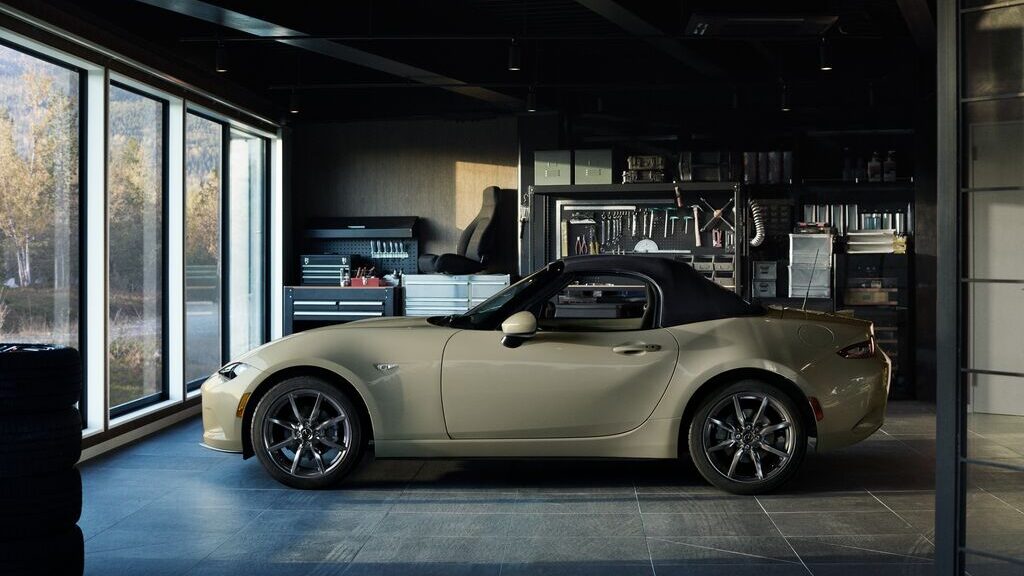
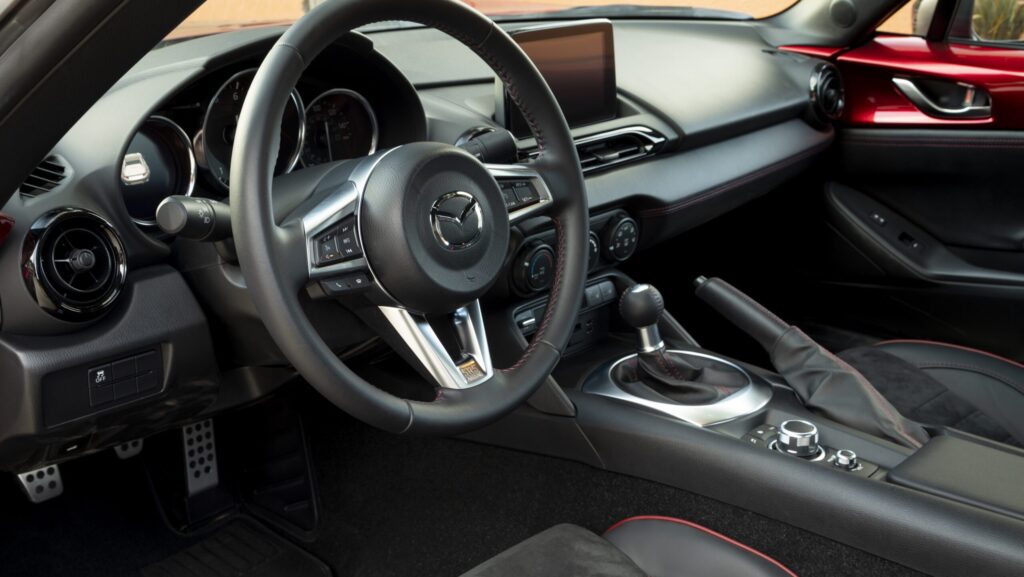
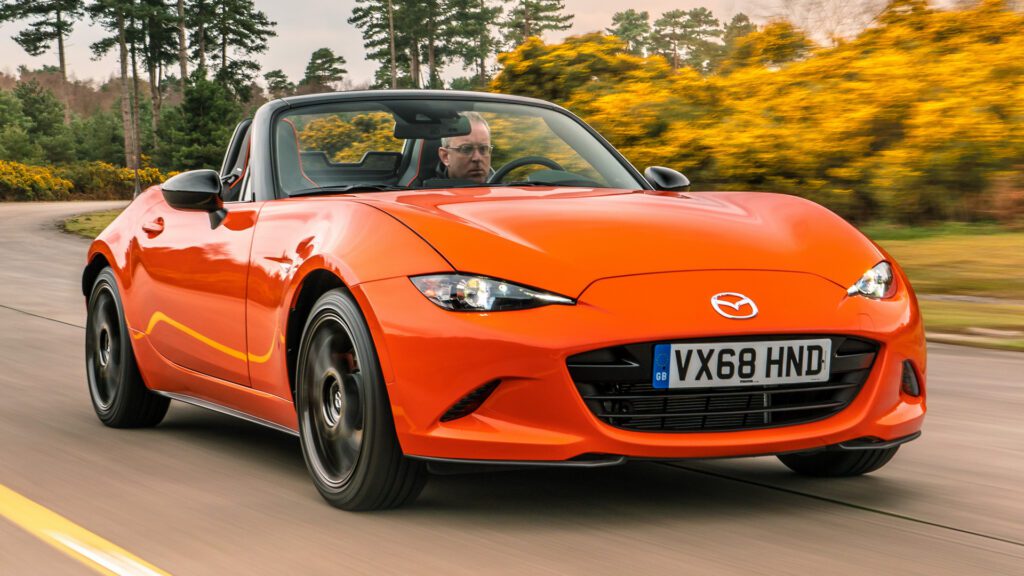
What’s hot?
- It is a Miata, duh! Always. The. Answer.
- Great handling car that will carve any canyon road or race track with ease.
What’s not?
- It only has two seats with a diminutive trunk
- The horsepower figure may be kinda low and lackluster for some
I don’t think I even need to explain this. A Mazda MX-5 Miata is always the answer for an affordable sports car. If you want a classic sports car, get a Miata. If you want a sports car that is easy to drive, get a Miata. If you want pop-up headlights, get a Miata. If you want to drift your car, get a Miata. Trust me when I say the best-used sports car you can get is a Miata. Acceleramota founder and editor, Gabe Carey, even had one.
With a design philosophy that has been perfect since 1989, the small Japanese sports car is undoubtedly fun and enjoyable to drive, plus it will always receive a ton of attention. It may not be a Corvette or Mustang, but in my opinion, you can have more fun in a car when you can push the limit of the car without having to worry about the people around you or blitzing way beyond the speed limit.
With four different generations of Miatas, you can easily find the car that suits you. If you want a more refined and comfortable drive, why not look at the third and fourth generations of Miatas? The ND generation (pictured above) can be had in the cushy, luxurious Grand Touring trim or in the wannabe racer Club with an available BBS wheel and Brembo brake performance package. If you want to modify and upgrade your Miata or perhaps have a nice modern classic worthy of a Radwood show, look at the first and second generations of Miatas. With parts and modifications so readily available, you can set up your tiny sports car to your liking. Heck, stick a turbo on it and make a baby supercar killer, or turn it into a drift missile. It’s the perfect blank canvas for an aspiring enthusiast.
Runner-up: Ford Mustang
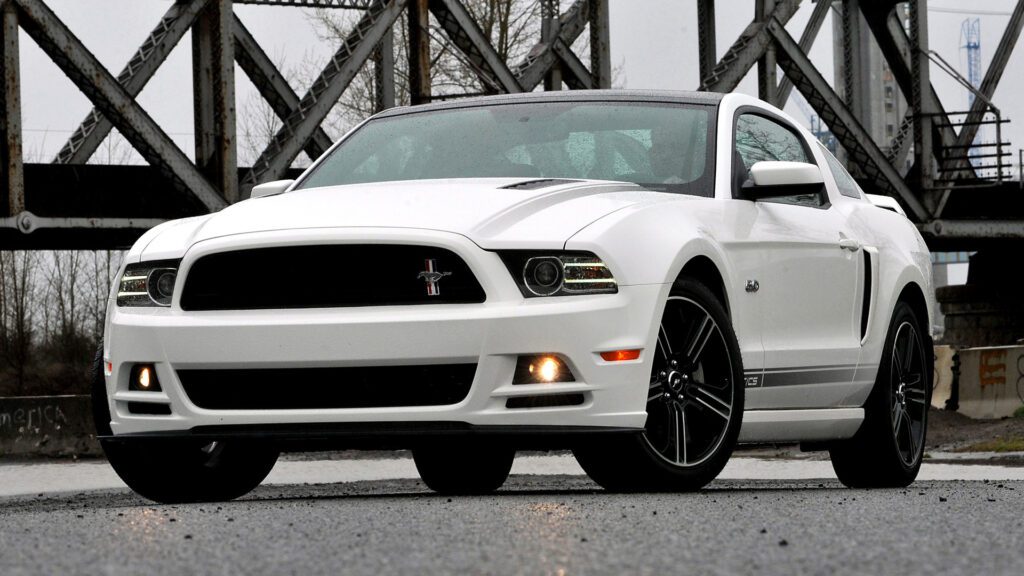
What’s hot?
- Classic styling and high levels of power equals one hell of a pony car
- Near-infinite trims and configurations to choose from
What’s not?
- Antiquated chassis up until the S550 generation
- Big fella can never have the agility of a smaller sports cars
The Mustang is one of the best cars to come out in a long time. With a powerful engine and still being affordable, you can easily pick up a good used Mustang. Especially since the “S197” fifth generation came out in 2005, the Mustang has proven to be a well-engineered, highly configurable sports car that corners well, not like the older Mustang models. Antiquated chassis, sure, but it was able to defy stereotypes and even churn out some serious track monsters like the 2011-and-onward Shelby GT500s and the Boss 302. Later S550 generations with independent rear suspension have just as big of an aftermarket and their own crop of in-house specials, like the GT350 and Mach 1.
Just mind the crowd killer stigma.
Drawbacks? Yes, of course there are some. Even at its very best, the big ol’ Mustang may never have the agility to topple smaller sports cars or even some sports sedans, at least not without a bit of aftermarket love (or driver mod). Past generations are also quite dated, not only in terms of chassis but also materials, build quality, and infotainment. And, of course, while they’re not exactly terrible, don’t expect V8 Mustangs to be model citizens in fuel efficiency either.
Best used SUV/crossover for 2024: Mazda CX-5
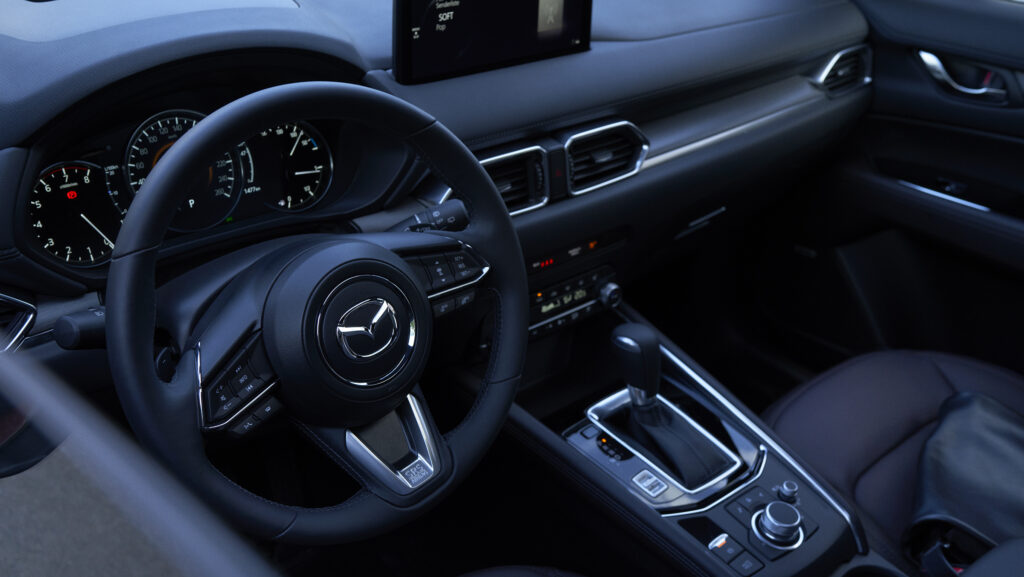
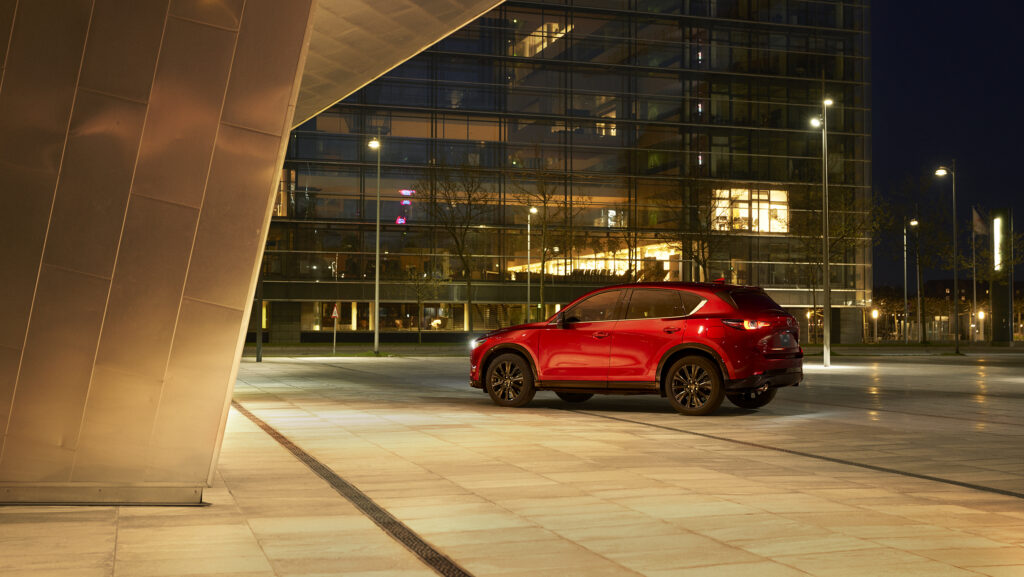
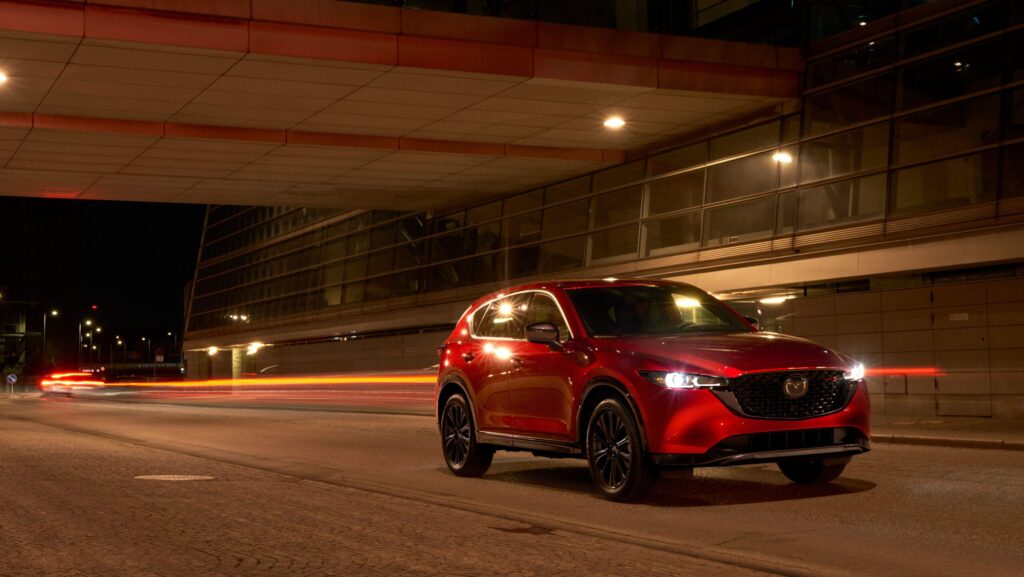
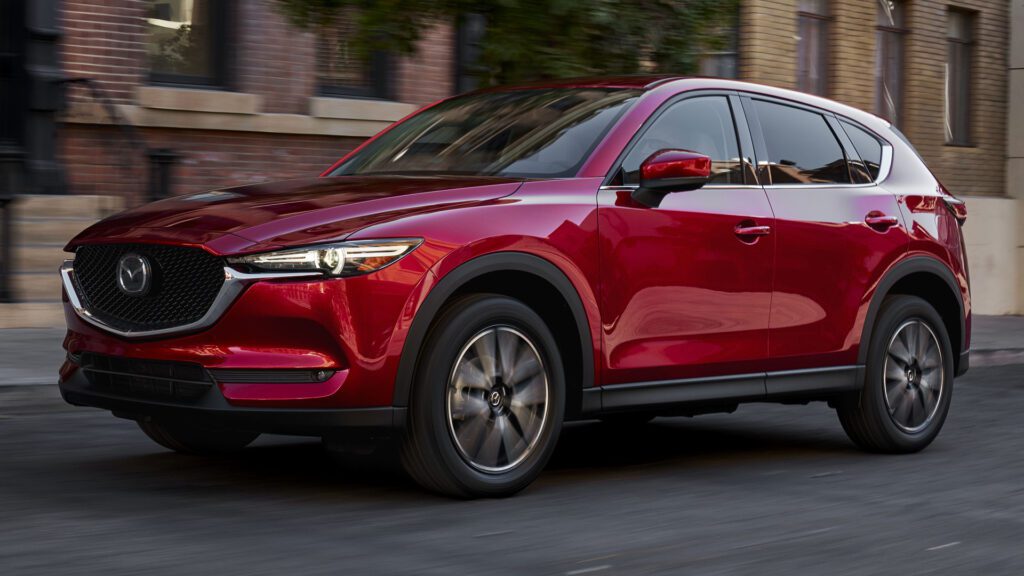
What’s hot?
- Spacious interior with premium features and build quality for its price
- Excellent fuel economy for its size.
What’s not?
- Reports of Mazda paint easily fading and chipping diminish the brand’s premium reputation
- Reported hiccups with electronic parking sensors across Mazda vehicles
Two Mazdas, one list! One of the best SUVs you can get at the moment is the Mazda CX-5. This Mazda SUV is known for its reliability, build quality, and unexpectedly spunky driving dynamics, with many luxury and quality-of-life features that come standard for the car. This SUV was even a staffer’s pick for one of the best cars they have ever driven.
The model I personally suggest you look at for your second-hand SUV is the 2021 model year. You can either get the small standard 187 horsepower four-cylinder, or you can get the turbocharged version that produces 250 horsepower on 93 octane or a still-potent 227 on 91, with the latter powertrain still seeking out a respectable EPA rating of 28 mpg highway.
With an interior that rivals much more expensive SUVs, with every trim model of the current CX-5 coming with a 10.25-inch infotainment system equipped with Apple CarPlay and Android Auto, this Japanese SUV will be one of the best purchases you can make in 2024. This is especially true when considering that well-equipped variants with not that much mileage currently trade hands anywhere in the high-teens to mid-twenties range, undercutting many similar examples of the Toyota RAV4.
Runner-up: Lexus RX

What’s hot?
- The unique styling inside and out
- Well-built interior with lots of storage space across all generations
What’s not?
- Touchpad infotainment system from some generations is a pain
- Does not put the “sport” in sports utility
With a sporty and edgy appearance, you may think this premium SUV will have a harsh and uncomfortable ride. However, the Lexus RX is actually the opposite. Lexus is the pioneer of the luxury SUV market, and the RX model range does not falter from that history, with a supple and cavernous interior across all generations. Powertrains are punchy, if not exactly exciting, and suspension is often compliant, as a luxury car should be. Just don’t expect any sort of BMW M killer from the F Sport models.
If you prefer to be a little understated, however, might I suggest avoiding the later model years with their angular creases and razor-sharp hourglass grille? Additionally, Lexus’ touchpad infotainment system that has plagued some recent generations has quite the learning curve to it.
Best used hatchback for 2024: Volkswagen Golf
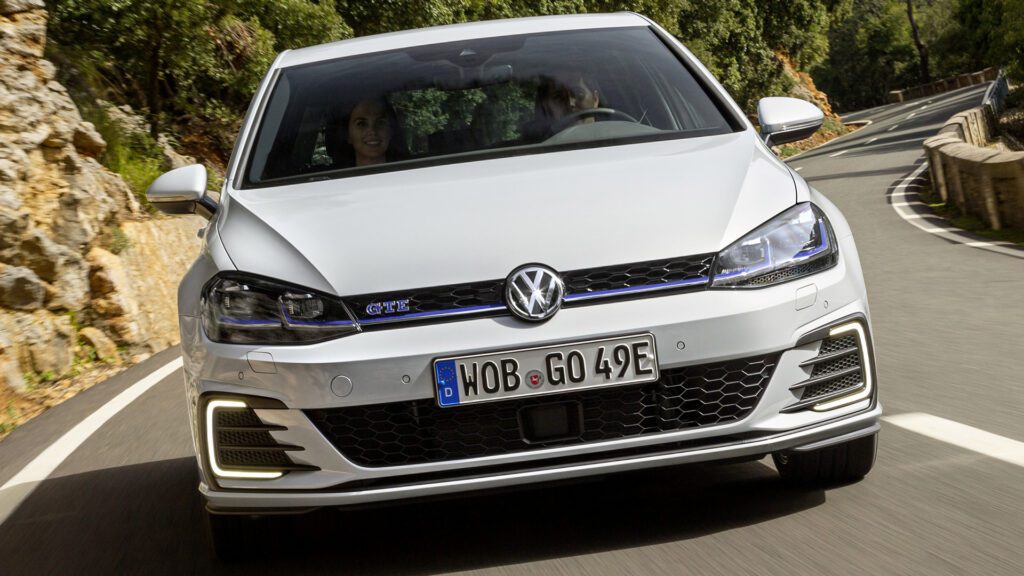



What’s hot?
- Good interior space and build quality for the size of the whole car
- While being a fun car, it is still great on gas mileage
What’s not?
- Reliability can be a major issue for Volkswagens, particularly with older transmissions
- No more base models are available after 2021; Mk8 is only the pricier GTI and Golf R
The Volkswagen Golf is one of the most popular car models on the global market. The spacious and practical hatchback still offers its owners a fun and enjoyable drive. And despite any reservations some may have against German cars, the Golf is generally regarded as a mostly dependable vehicle, with a 2021 J.D. Power Quality & Reliability score of 73 out of 100 and a RepairPal rating of 4.0 out of 5.
The seventh generation of Golf is the model you want. With options such as sunroofs, an excellent infotainment system, and even the sporty and iconic GTI version, the Golf offers everything you need in a car. The seventh generation Golf brought new and improved digital displays and gadgets that still hold up well to this day, elevating the Golf well into a premium sector of the compact car market, so if you enjoy underdogs that punch above their weight, the Golf may be for you. Current-generation Mk8 Golfs further up the ante with a more intriguing exterior and interior design, which may polarize some, especially the capacitive-touch-only interior controls.
As the Golf is a hatchback, you will not get the biggest trunk space when you compare it to an SUV, but the Golf handles better and has better fuel economy. So, for everyday use, the Golf will be an excellent choice to pick. Just be wary of quirks with engine and transmission reliability as you start diving into older and older generations.
Runner-up: Toyota Corolla Hatchback

What’s hot?
- Easy to drive and handles remarkably well
- Has that famous Toyota reliability and build quality at a stellar price point
What’s not?
- Smaller than some rivals, inhibiting interior and cargo space
- Rivals can be seen as a better value
You may hear the words Toyota Corolla and think of the stereotypical idea of a boring and basic car. However, the newer Toyota Corolla Hatchback is an awesome and spirited daily car that offers drivers a great time when driving it with 168 horsepower from the XSE’s 2.0-liter four-cylinder. Did we mention some models can be had in an easy-to-drive, fun-to-row stick shift? Huzzah! Not bad in a cushy, modern, 30-plus-mpg commuter car.
For an everyday and practical hatchback, the Corolla is almost the perfect car, if you’re willing to deal with its few shortcomings. If want more oomph, there’s no turbo powertrain other than the expensive and rarer GR Corolla hot hatch. It’s smaller than some rivals. And being the newer platform here, you may not find one as cheap as older rivals. Maybe a Toyota Matrix counts if you want to go old school.
Best used sedan for 2024: Honda Accord
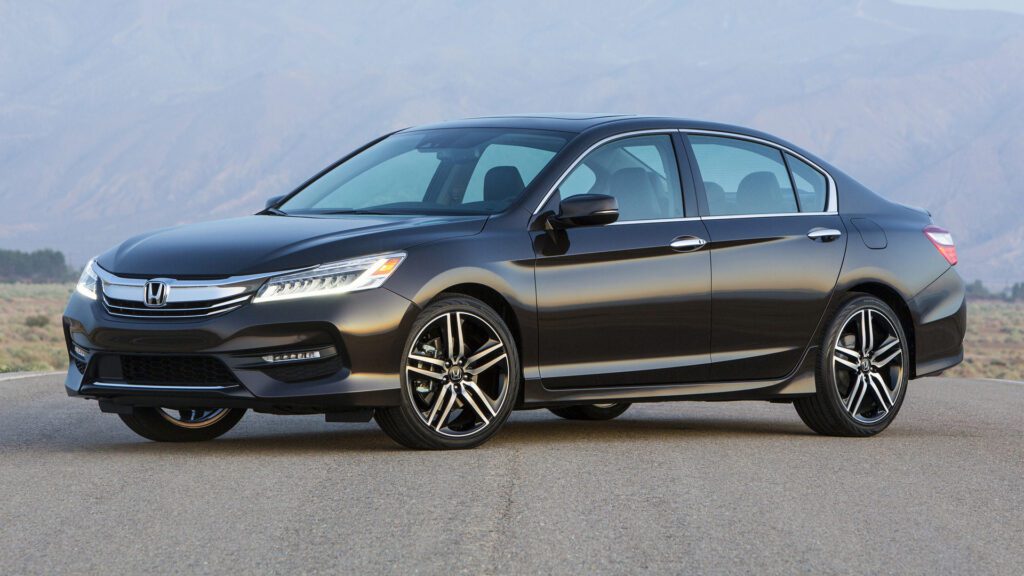
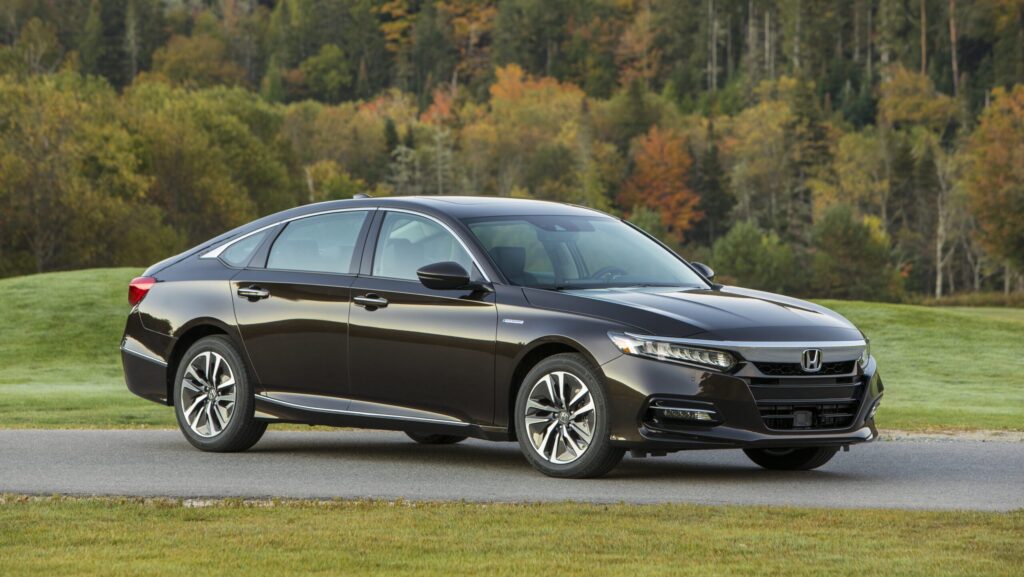
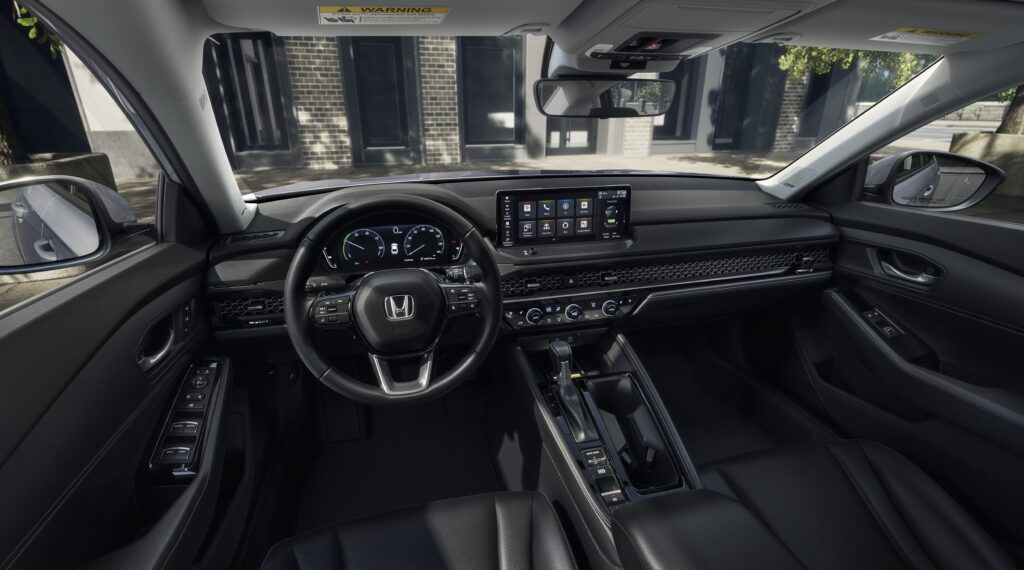
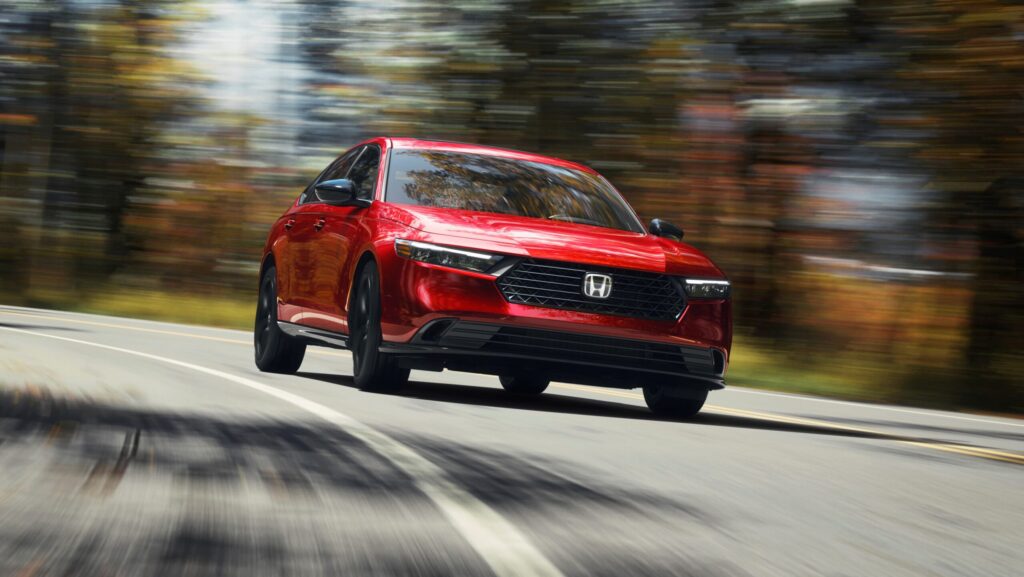
What’s hot?
- Has a comfortable cabin with good seats.
- Often the sportier choice among front-drive family sedans
What’s not?
- Some lower-trim model engines are a bit lackluster
- No available AWD system, which may sway people towards an SUV (or Subaru Legacy)
The Honda Accord is the pinnacle of reliability and affordability as the car is built to perfection for what it needs to do. It’s currently Car and Driver’s number one pick for family sedans at the time of writing for a reason. A prime rival to the likes of the venerable Camry, but arguably more premium and sporty. This mid-size family sedan will probably outlast you with its reliability and will probably outdrive any Camry at the Circuit de Costco, too.
The reliability and drive quality are so good you can comfortably get to any place you want with ease, and you do not need to stress about space as there is ample room for all your needs with its large trunk space and generous interior. Recent generations have greatly amplified Honda’s strides for a premium feel on a budget, with chic, modern interior designs, although the smoothed-out exterior of the latest generation and the deletion of the hot 252-horsepower turbo-four has aroused some ire among auto journos. But thankfully, the frugal Hybrid remains, earning up to 51 mpg city and 48 highway in its most efficient trim, thanks to a 204-horsepower, 247-pound-foot powertrain aided by a measly 1.3-kWh battery.
Runner-up: Hyundai Sonata
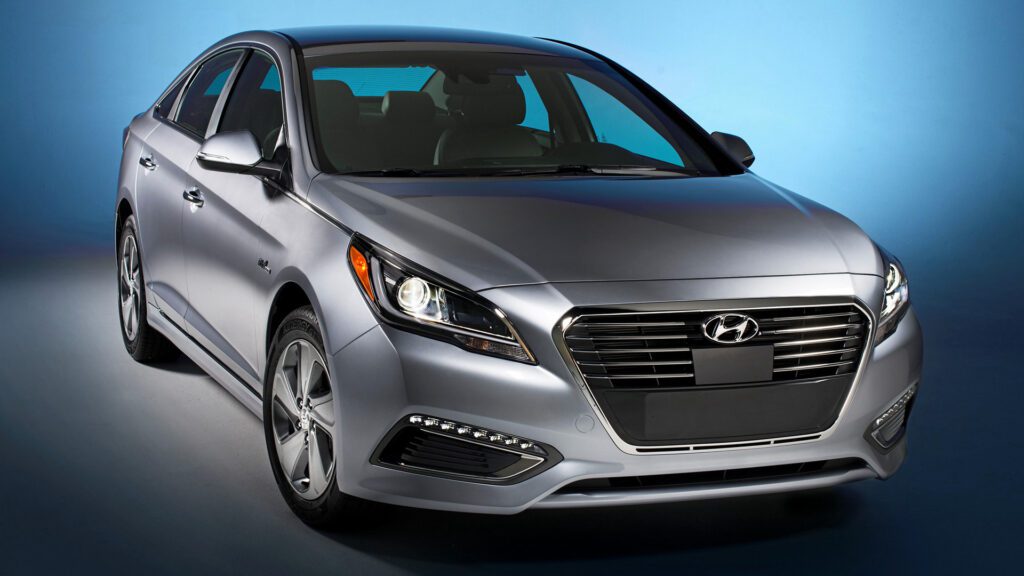
What’s hot?
- Sonata has a spacious interior and trunk
- Long list of features and available technology
What’s not?
- Base models can feel underpowered
- Less rear legroom compared to other cars in its class
Korea’s answer to the Honda Accord and the Toyota Camry comes in the form of the Hyundai Sonata. The features that come standard even in the base model, such as blind-spot detection, Android Auto and Apple CarPlay, and even lane-keeping assist, make the Sonata an excellent daily driver for you and your family.
The power delivery of the Sonata does not feel sporty or extreme but can be seen as spirited if you have the 2.0-liter turbo in the top trim spec. The car will not feel like anything new or innovative to drive, but for an everyday family car, it’s more than enough. You can also say that storage space and trunk size are a plus for this car, even if rear legroom lags a bit behind competitors.


